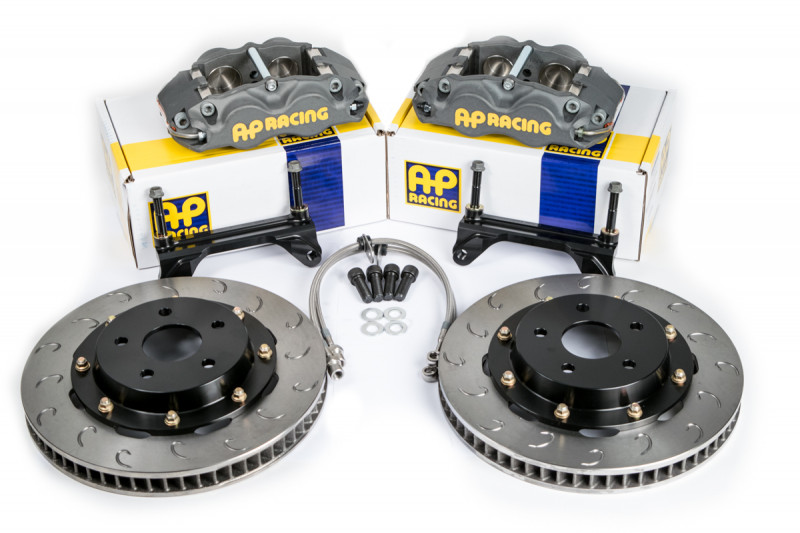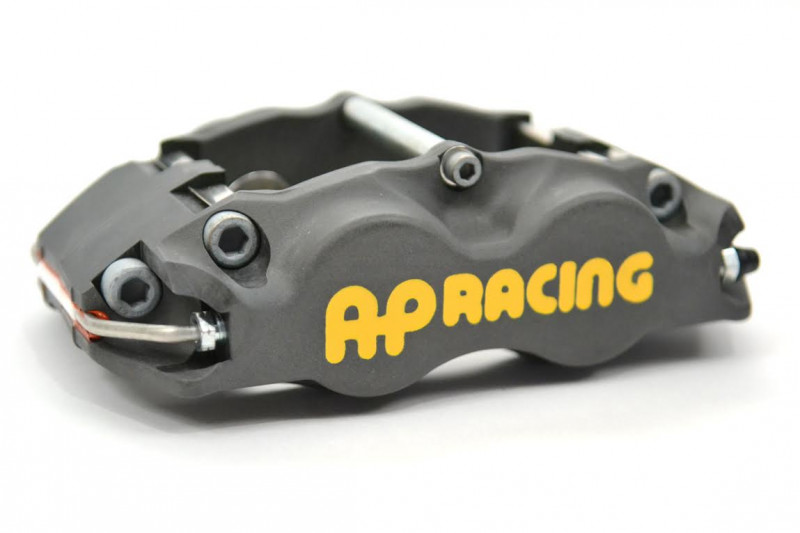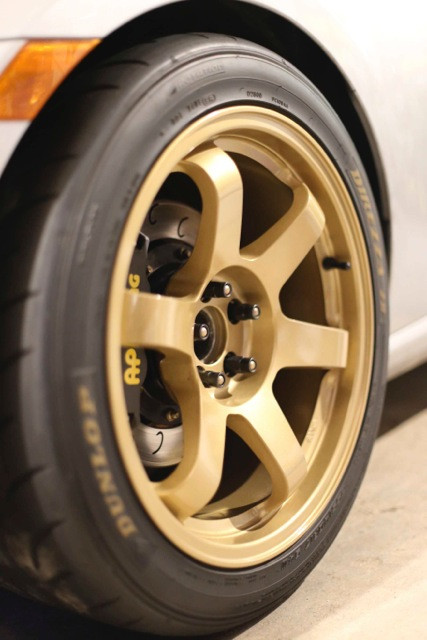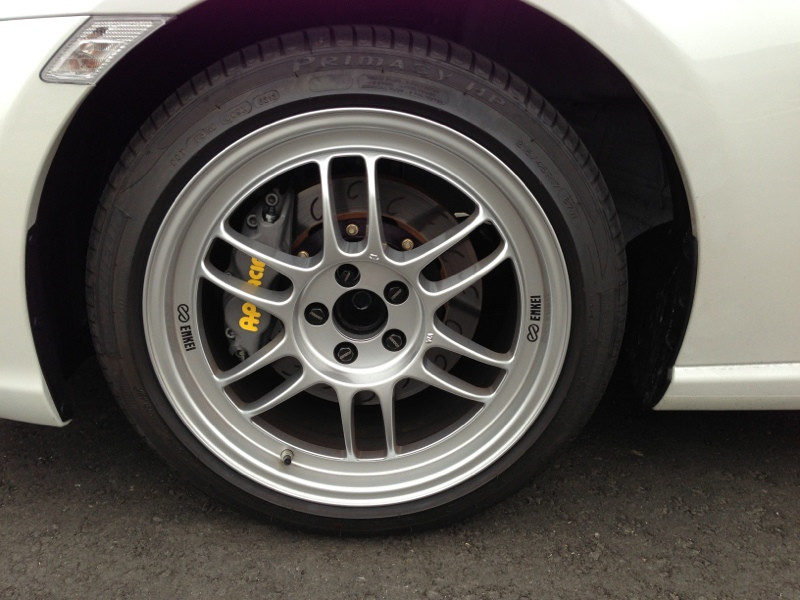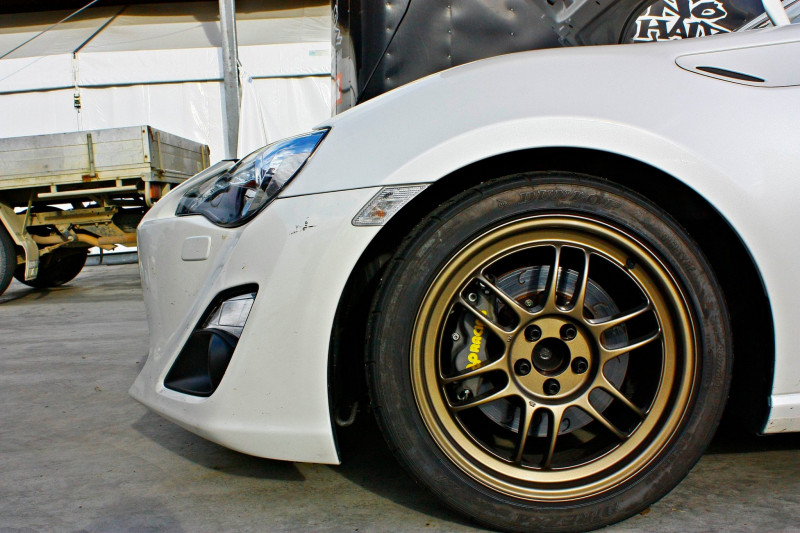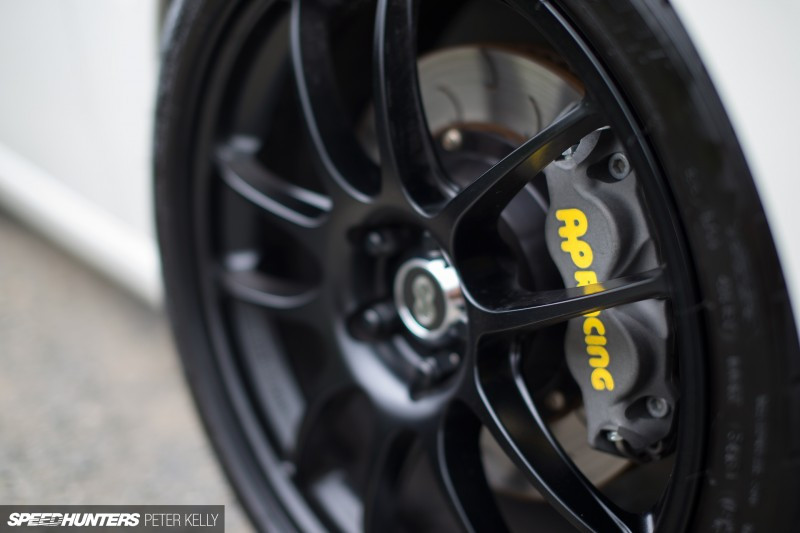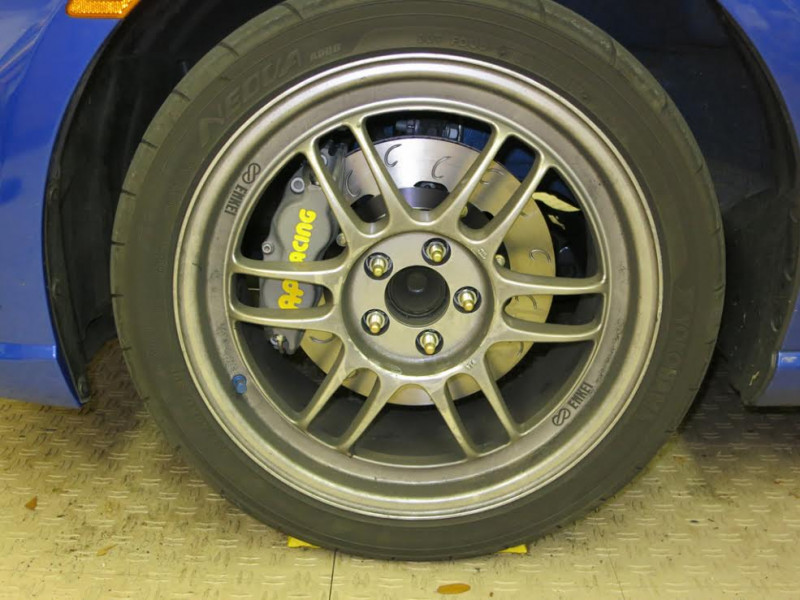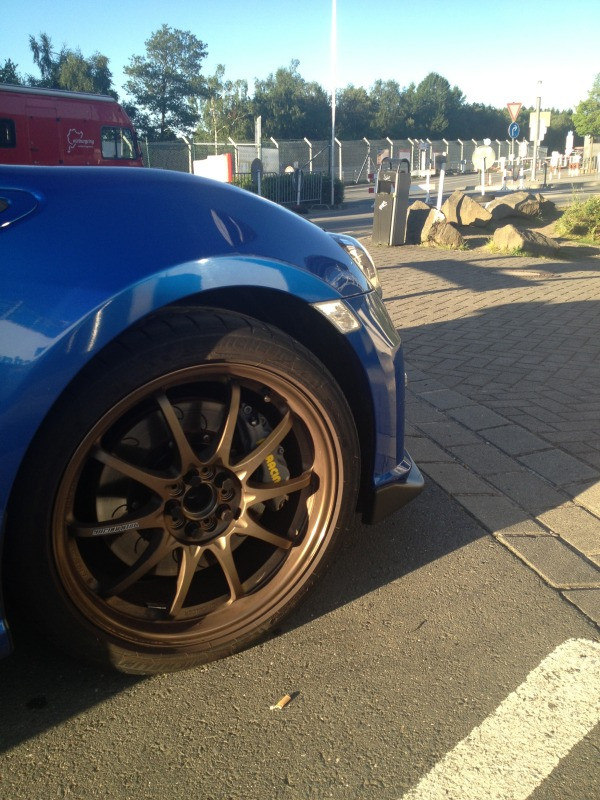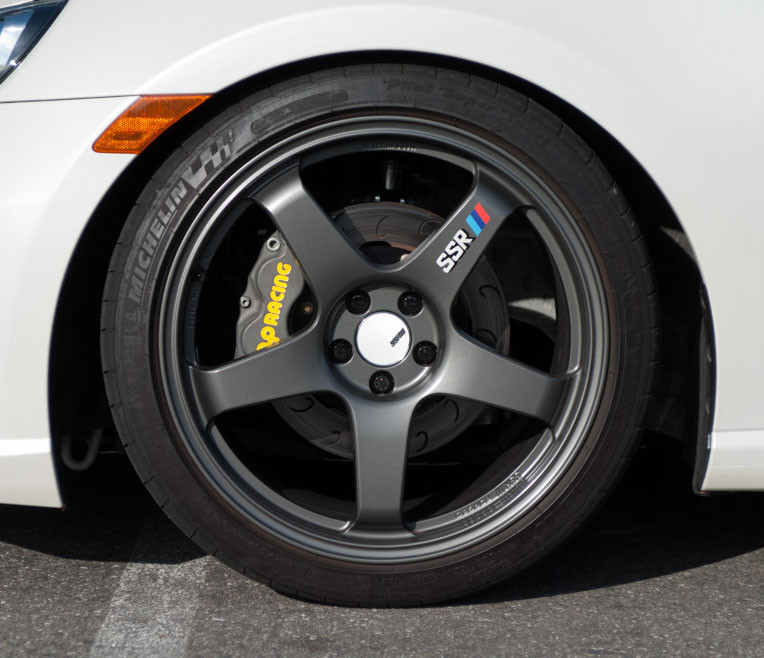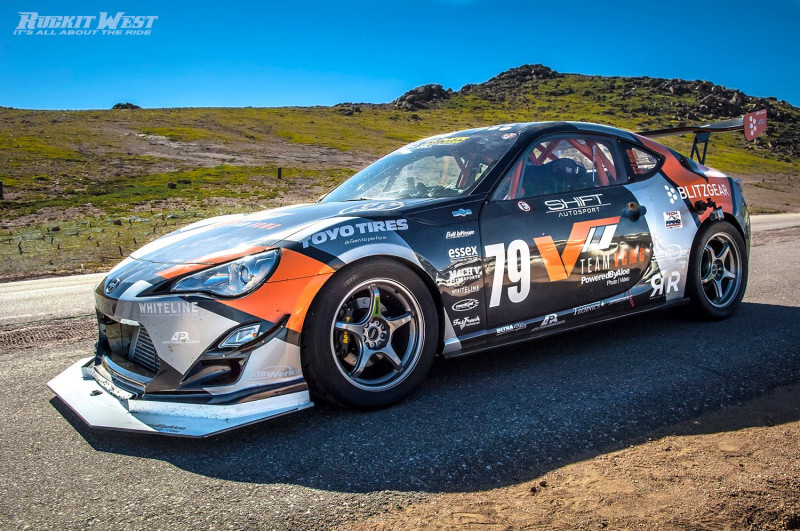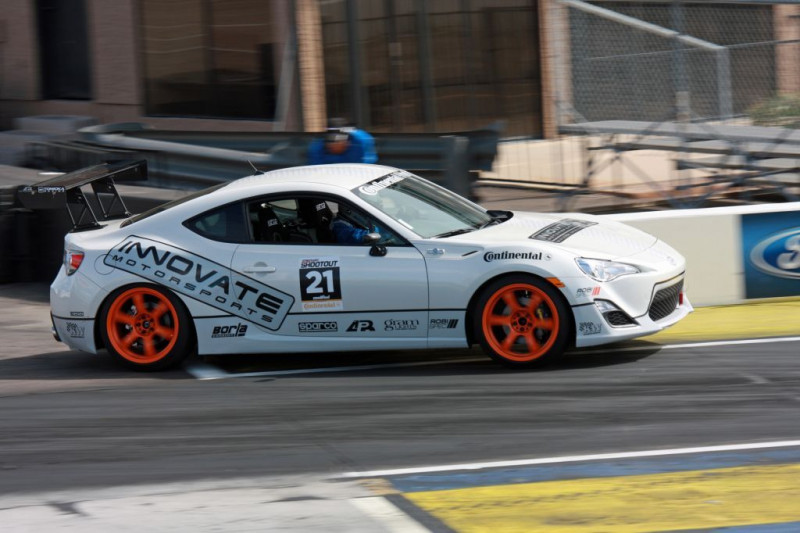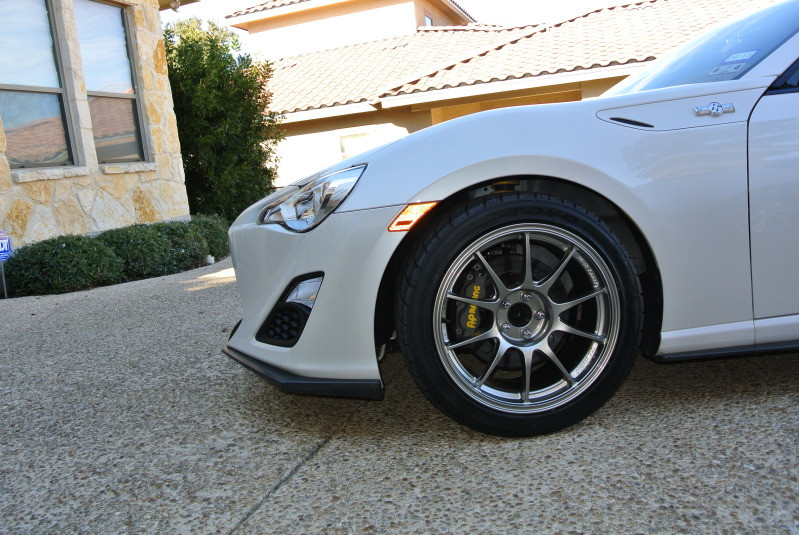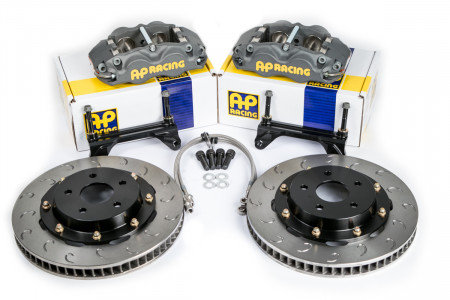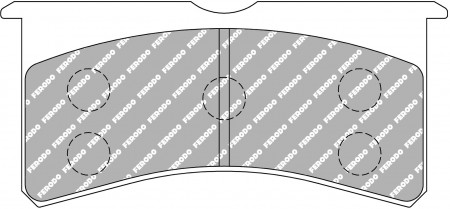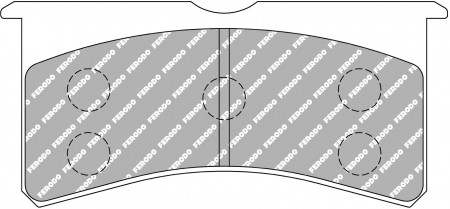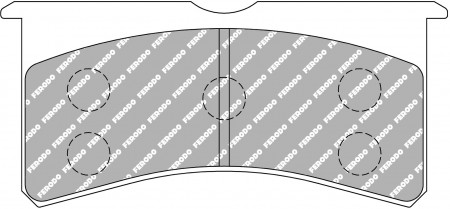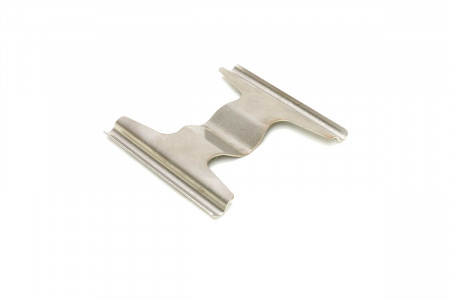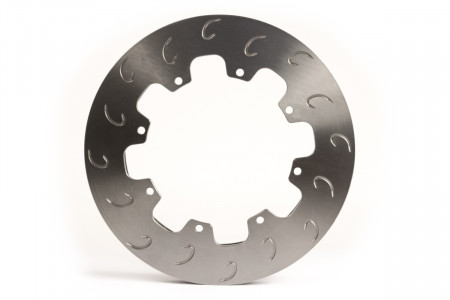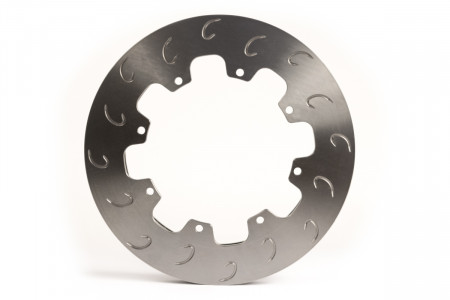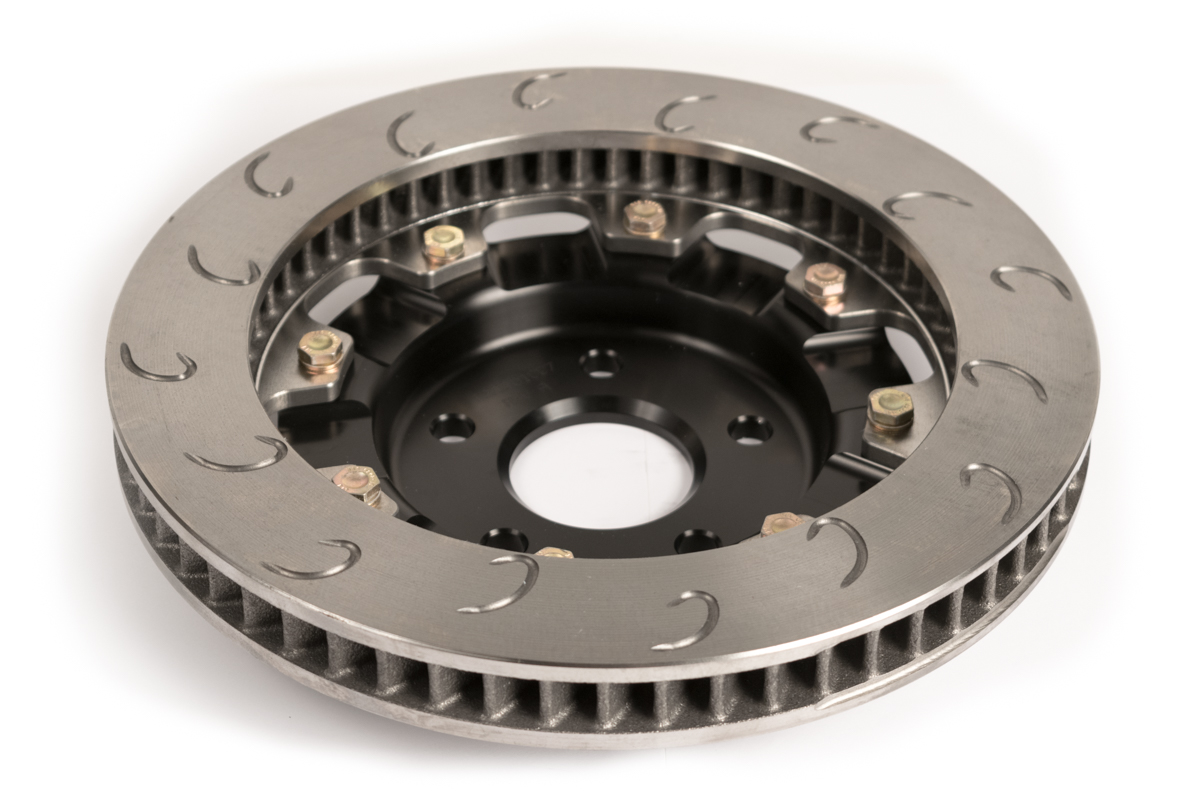- New Products
- Brake Caliper Stud Kits
- AP Racing Big Brake Kits
- AP Racing Brake Discs
- AP Racing Brake Calipers
- AP Racing Master Cylinders
- Essex Brake Bundles (upgraded pads, lines, fluid, discs that work with OEM Calipers)
- Brake Pads
- Brake Fluids
- Spiegler Brake Lines
- Tools, Temperature Indication and Protection Products
- Wheels
- Suspension
- Versodeck Flooring
- Apparel and Merchandise
- Formula SAE
- Clearance
Essex Designed AP Racing Competition Sprint Brake Kit (Front CP8350/299)- Subaru BRZ / Scion FR-S / Toyota GT86
Part #: 13.01.10005
Brand: Essex & AP Racing
Complete front Essex Designed AP Racing Competition Brake Kit for Subaru BRZ / Scion FR-S / Toyota GT86
- Features AP Racing CP8350 four piston calipers
- 299x32mm 60 vane AP Racing disc
- Saves 20 unsprung lbs. from nose of vs. OEM brakes
- Every component designed to resist the heat of extended track sessions
- Pistons sized properly to allow for seamless integration with OEM master cylinder and ABS system
- Designed to work with OEM rear brakes
Show All vehicles this product fits
Application: Track

What's In The Box?
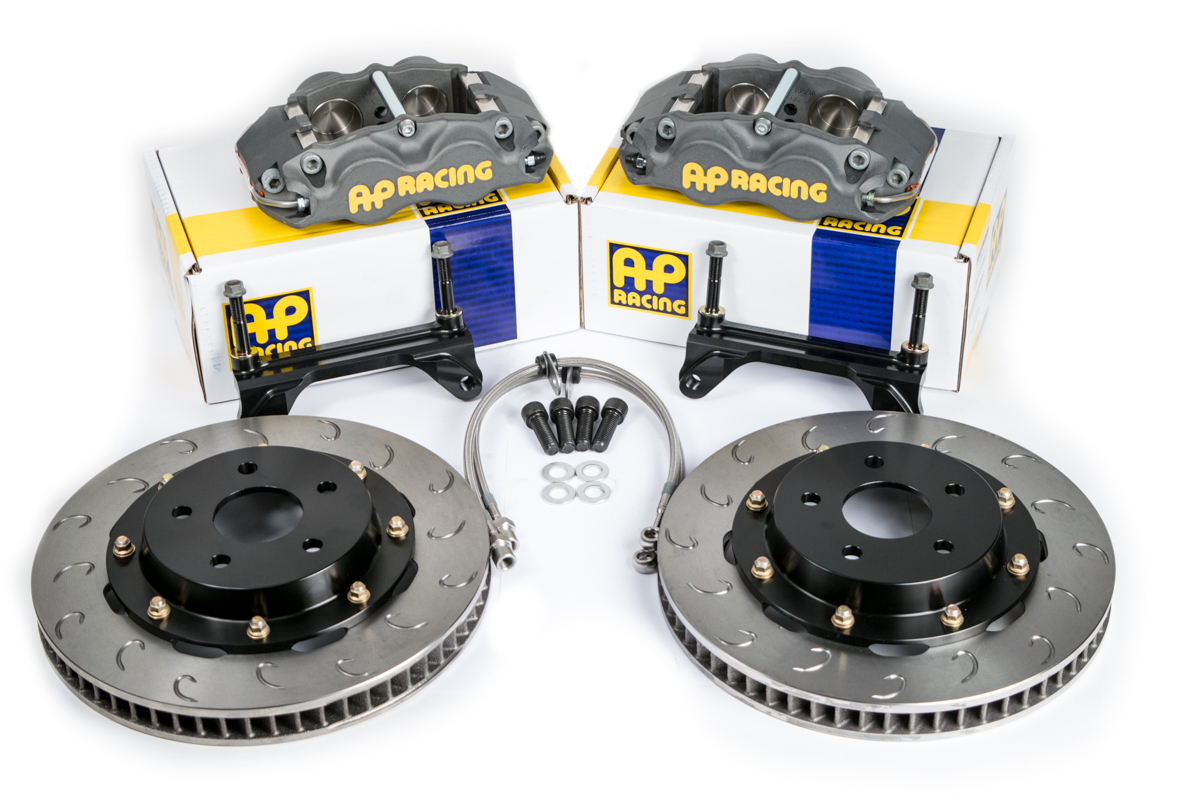
- One pair AP Racing CP8350 racing calipers
- One pair 299x32mm AP Racing 60 vane J Hook racing discs with 6061 hard anodized aluminum hats and attachment hardware
- One pair caliper mounting brackets and hardware
- One pair Spiegler Stainless Steel Brake Lines with abrasion resistant coating
- Detailed installation instructions
- Brake pads are NOT included with our system. Racing brake pads are a highly personal choice. Many manufacturers include a set of inexpensive, low quality pads with their brake kits. Rather than artificially inflating the price of our system with a set of pads you probably don't want anyway, we've decided to remove the cost from our system and allow our customers to choose the pads that best suit their needs/wants. When purchasing our kit, you are able to choose one set of front pads at a substantial discount vs. the retail price. Please use the drop-down menu to select your pads.
Calipers
CP8350
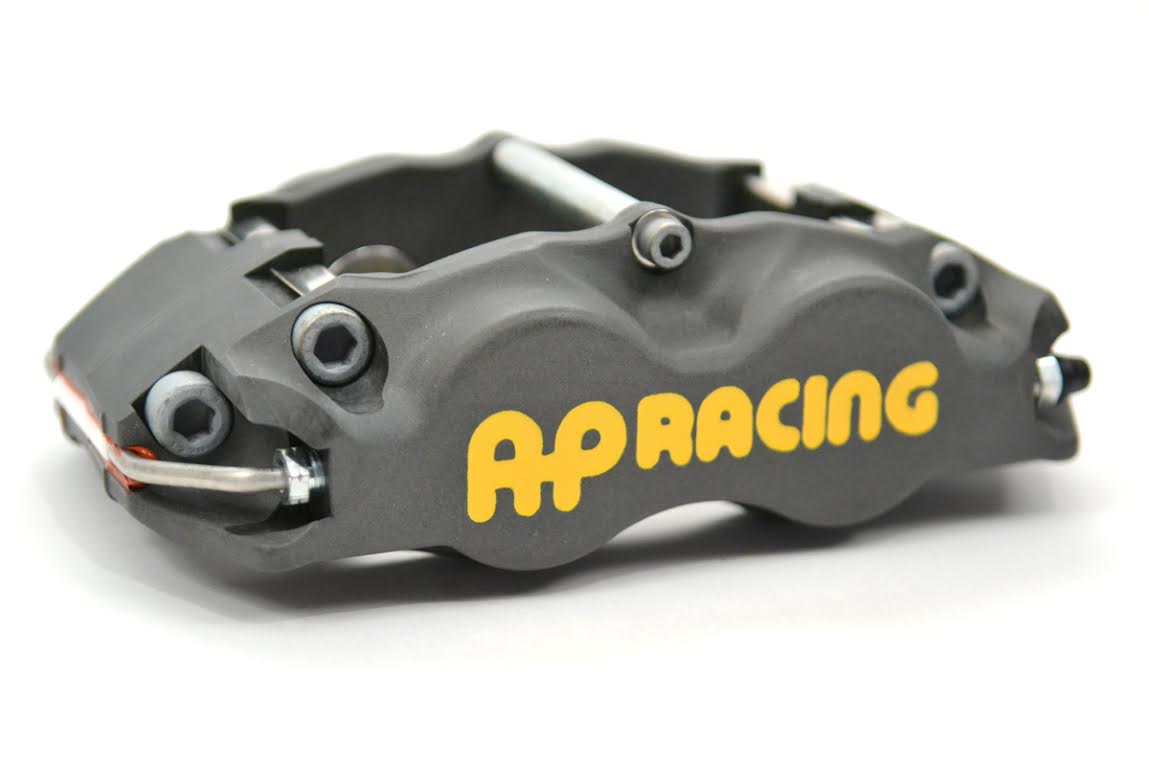
Hard Anodized Finish
The first obvious weakness when looking at a typical aftermarket caliper is the finish. Most aftermarket calipers come in a painted finish, whether they are red, black, or gold. That painted finish is designed to look pretty and prevent corrosion in harsh winter environment. Unfortunately, for all of the compliments painted calipers generate, there is an associated price if you drive the car in a track environment. That price is the chipping, flaking, fading, color shift, and general degradation of that finish in a fairly short period of time. Some OEM calipers can go from the as-delivered color to a nasty shade of brown in as little as one weekend. While this is typically worn as a badge of honor among our more hardcore customers, let’s face it…they still look terrible. More importantly however, all of those bits of paint end up in places they’re not supposed to, which we’ll get to in a minute.
Why does this happen? Heat. Paint and powder coat cannot adequately handle track temperatures. Powder coat also has some notorious issues with shrinkage. The powder coat layer expands and grows when the caliper is heated. When it cools, the powder coat doesn’t necessarily shrink in step with the caliper body itself. What’s left is a loose shell of finish hanging limply on the caliper body. That shell then cracks and falls to pieces.
Paint can also have similar issues depending on how it is applied. If you were to line up a few aftermarket calipers from the same manufacturer, you would likely see that the painted finish on each of those calipers is slightly different. Some have a thicker coat, some thinner, slightly different shades of red, etc. Painting is to some extent an art form, and must be performed in a tightly controlled environment. If it isn’t, you’re always going to see variation. A thick coat makes the part look soft around the edges, and is prone to cracking off in the same manner as the powder coat described above, leaving the underlying finish exposed. A part without enough paint will look uneven, and will not protect the underlying aluminum particularly well either. In addition to problems with cracking, flaking, and uneven application, paint and powder coat also experience extreme color shift when heated. Red becomes maroon or black, gold becomes brown, and black just gets uglier.
The calipers we are using in the Essex Competition Kits are ultra-lightweight, stiff, and durable under all track conditions. The finish is a hard anodizing, which is the business under track conditions. When raw aluminum reacts with the oxygen in the air, a hard surface film develops on aluminum which prevents further degradation. The process is called oxidation, and you can think of it like rust. The anodizing process leverages this natural phenomenon, and takes it a step further to produce an extremely hard protective layer of aluminum oxide. It does so by running an electrical current through an acid bath, and dying it to the desired color. If you want to know more, Google it.
The result is a finish that is far more appropriate for racetrack use. Anodizing creates a uniform surface that is much more abrasion resistant than paint or powder coat. That means if you ding an anodized caliper with a box wrench when bleeding it, a big chunk of the finish isn’t going to chip off into your hand. While anodized calipers will still exhibit color shift, it will take a lot more heat to get them to change, and they won’t change as dramatically. More importantly though, you aren’t going to have bits of anodizing sticking to the sides of your pistons.
20mm Thick Brake Pads in A Commonly Available Shape
Race pads aren’t cheap, and you burn through them quickly if you spend any amount of time on track. The average set of race pads for the AP Racing CP8350 costs roughly $175. How many sets of brake pads do you go through in a season? Some people find that they could pay off their brake system in a short period of time on pad savings alone. Not only are the pads for the CP8350 inexpensive, they’re also 20mm thick. That extra thickness acts as a thermal barrier and helps keep heat out of your pistons and brake fluid. Finally, since this pad shape is used by a wide range of racing calipers, it’s available in just about every popular racing compound on the market. That means you’ll never end up in a pinch without pads. Cheap, thick, and available is a great combination for a consumable like race pads.
Below is a drawing of the basic pad shape used in the CP8350:
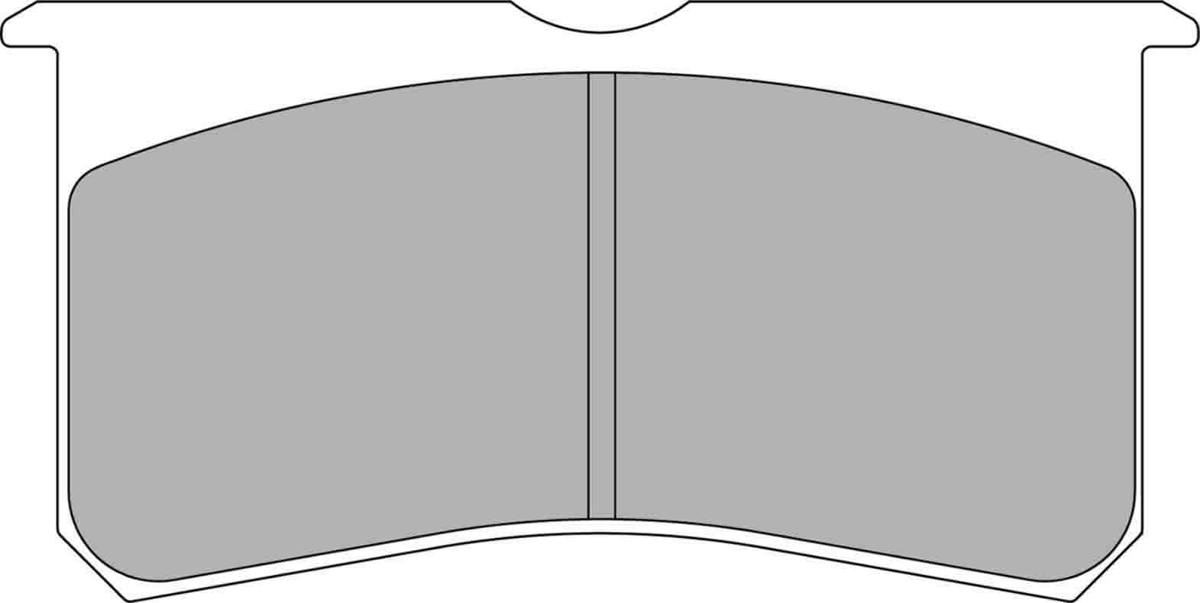
Dimensions= 133.2mm x 60.0mm x 20.0mm
The available pad compounds that Essex offers for the CP8350 caliper can be found below. Please note however, that the pad shape we use in our caliper is available in a variety of radial depths (heights). When combined with the 299x32mm disc, Essex recommends the D42-D43mm radial depth version. The other common radial depths in this pad shape are 50mm and 39mm. The 39 radial depth will fit into our caliper, but you will be leaving a small unswept 'ring' around the disc near the attachment points to the hat (the pad will not hang as low in the caliper). Leaving a portion of the disc face unswept can create a temperature differential across the face of the disc, and doing so could lead to premature disc cracking. That said, we have not run into such a problem with our kits in the field. The 50mm radial depth version will not work with our 299x32mm disc.
Pad compounds below are ranked from most aggressive to least aggressive.
Ferodo Racing
Pad Cross Reference
Again, please keep in mind that there are many
other compounds available on the market from other manufacturers. Since
we do not offer many of the brands listed below, Essex cannot guarantee
the fitment of these pads in the AP Racing CP8350 caliper. Based on our research
however, we believe that these are the appropriate cross references for
the basic shape. However, you should verify with either the
manufacturer or your installer prior
to purchasing any of them.
|
D43 Depth |
D50 Depth |
|
|
Manufacturer |
Part Number |
Part Number |
|
Carbotech |
CTW7420 |
CTFRP3116 |
|
Circo |
MB1680 |
MB2660 |
|
Endless |
RCP106 |
RCP156 |
|
Ferodo |
FRP3097 |
FRP3116 |
|
Hawk |
HB521.800 |
NA |
|
Mintex |
2205 |
2206 |
|
Pagid |
2205USA |
NA |
|
PFC |
7751.xx.20 |
NA |
|
Project Mu |
999 |
NA |
|
Raybestos |
R701 |
NA |
|
Wilwood |
7420 |
NA |
Stainless Steel Pistons
There are people who will tell you that aluminum pistons are great for track calipers. They will tell you that the expansion rates of the pistons and caliper body need to be the same when heated. This argument is completely invalid and unproven. Those same people tend to get upset when you point out the fact that every serious race caliper, from every serious race caliper manufacturer on the planet uses either stainless steel or titanium pistons, period. There is a reason for this: they're better!
While most aftermarket calipers use a
pressed aluminum piston, the CP8350 uses an expensive machined
stainless steel piston. Aluminum has a much higher thermal conductivity than stainless steel, and therefore transmits heat into your brake fluid much more quickly. That is exactly what you don't want! Stainless steel pistons are far superior
to aluminum pistons in creating a thermal barrier. They help keep heat out of your brake fluid, preventing a soft pedal (brake fluid fade) on the track. This has been proven over and over again
at all levels of motorsport.
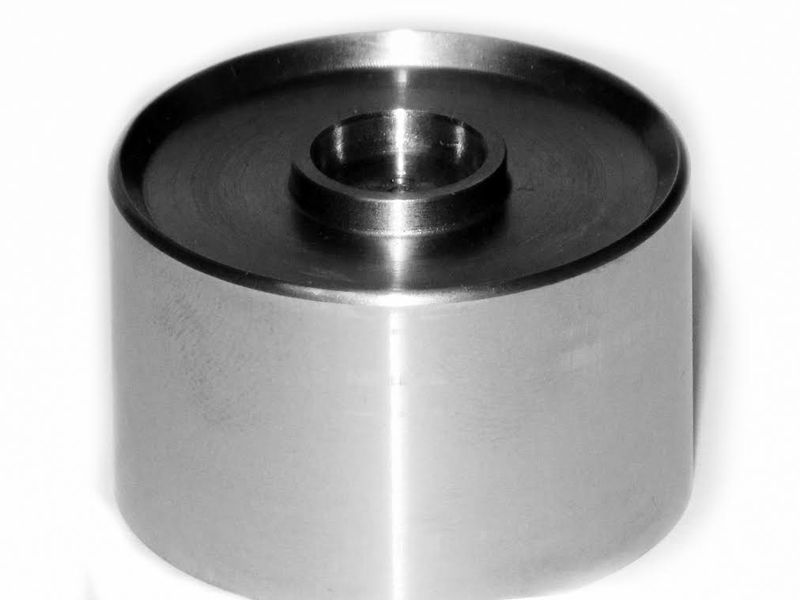
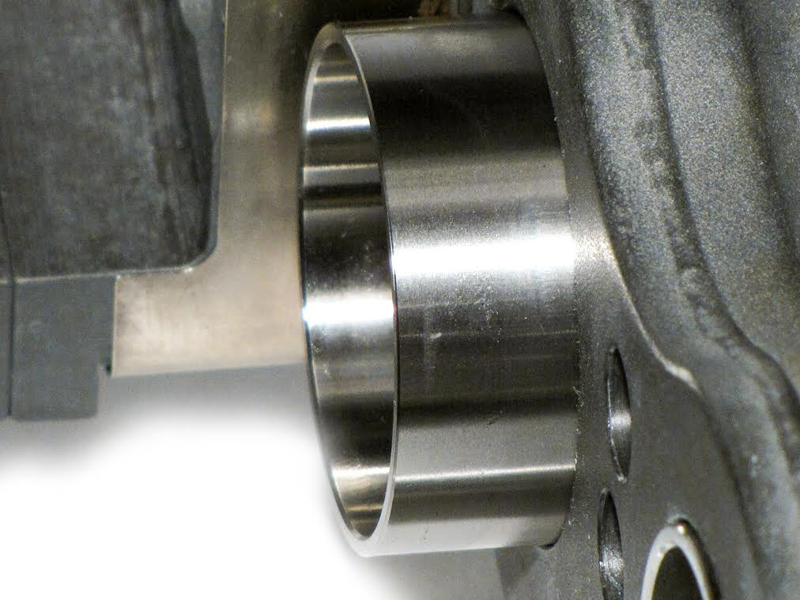
Anti-knockback Springs
Not only are the domed back pistons ventilated stainless steel, they are also fitted with anti-knockback springs. Springs behind the pistons you ask? Yes, springs. If you’ve ever gone through a series of S turns and then had your pedal drop when going into the following brake zone, you have experienced knockback. To say it is disconcerting is an understatement. You’ll often see pro drivers ‘pre-tap’ their brakes lightly when approaching a brake zone. They are fighting knockback.
Knockback is a phenomenon that is common with fixed calipers. Knockback occurs when your car’s wheel, hub, and bearings deflect during cornering, allowing your brake disc to move out of sync with your caliper and brake pads. The caliper is less prone to movement because it is attached to the more rigid upright. As the brake disc deflects, it actually pushes the pads away from each other, forcing the caliper pistons back into their bores. The piston seals don’t have enough tension in them to return the pistons to their original location. That means there is slack in the system that needs to be taken up. When you press the brake pedal, it will continue to drop until that slack is taken up.
Anti-knockback springs help alleviate this situation by putting some tension on the back side of the pistons. When the disc deflects and makes contact with the pistons, the springs push the pistons back into their proper location, reducing slack in the system. That means less pedal drop and far fewer pucker-factor moments when going into heavy brake zones.
There are no major downsides to lightweight AKB spring as long as the caliper is designed to accommodate them. More specifically, AKB springs do not create any increased drag or wear on the pads and discs as long as the shape and material of the piston seals takes them into account.
As you're driving the suspension is constantly compressing, the disc is moving around laterally, and the pads are being pushed slightly away from the disc. Think of the seals in the caliper as a spring or hinge attached to the side of the piston, rather than just a ring through which the piston slides. In an AP Racing competition caliper, the groove in which the seal resides isn't a square cut groove.It has angles. When the pistons slide in or out there is friction between the outer piston wall and the seal, and the seal distorts a bit as shown in the illustration below.
A caliper piston sliding out to the left would distort the seal in this manner (the slashes are the seals on either side of the piston): /
---
---
\
As the piston slides back in to the right, the seal does this:
\
---
---
/
There is a certain amount of tension or friction that needs to be overcome before the piston actually starts moving through the seal ring. That tension/friction keeps the piston from dragging on the disc once the pistons are pushed back into the bores by the disc/suspension movement.
When AKB springs are added, a little more force is required to push the pistons back into their bores than would be required without them. After the spring is compressed, it unloads and pushes the piston back to 'neutral.'
With the proper seal and spring the goal is to keep the piston in the 'neutral' position, not pressed against the disc. The piston is still able to slide freely in either direction, but a bit of friction or tension needs to be overcome initially to get it moving in either direction. The seal offers that first bit of friction to limit movement, and then the spring provides additional resistance. The end result is that the properly designed AP Racing calipers won't drag or create additional or unnecessary wear, despite having springs behind the pistons.
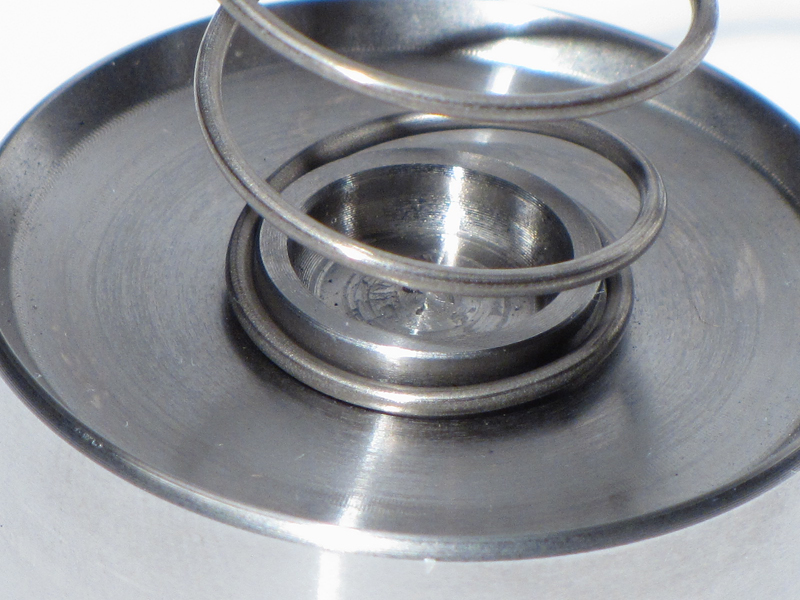
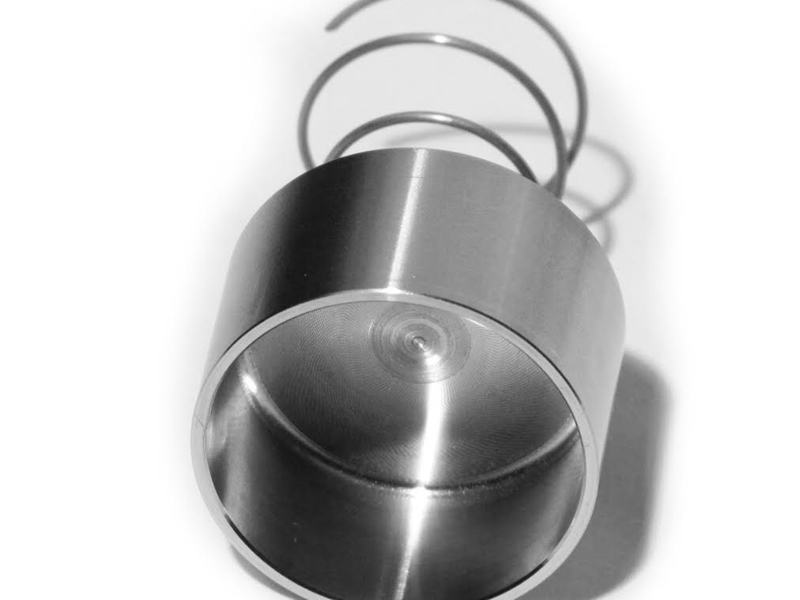
High Temperature, Low Drag Seals Without Dust Boots
We are often asked by potential customers if the calipers in our kits require frequent maintenance and rebuilding because the pistons don't have dust boots. We are perpetually shocked by this question because it makes no intuitive sense. If you have a product that is specifically designed to handle the extraordinary high-heat conditions of track use, why would it require more maintenance when used under those conditions vs. brake components that were designed to cruise around on the streets at low speed and temperature?
Many people confuse piston seals with dust boots. All calipers have seals. They're the little rubbery rings inside the piston bores (see pic below). If a caliper didn't have a seal, your brake fluid would leak out around the pistons! OEM caliper seals aren’t designed to handle constant trips to several hundred degrees without becoming brittle and leaking. Our calipers use special high-temp seals designed for track use. They are the exact same high temperature seals used in NASCAR Sprint Cup, ALMS, DTM, etc. That means they are less likely to get brittle and wear out when used under high-heat track conditions, and they require far LESS frequent replacement and servicing.
Most aftermarket calipers are designed for year round road use, and as such come with a bellows style external dust boot like the ones shown below. The rubber boot stretches as the piston extends, and its objective is to keep contaminants out of the piston bore. It's a nice concept, but we've seen customers burn those up in a single 20 minute track session! Once that happens, you're simply driving around with some tattered, burnt rubber bits attached to your pistons. At that point they're providing zero benefits to you. If you're going to instantly destroy them when you go to the track, why worry about having them in the first place? We skip making that mess for you by eliminating them from our design.
AP Racing High-Temp Piston Seal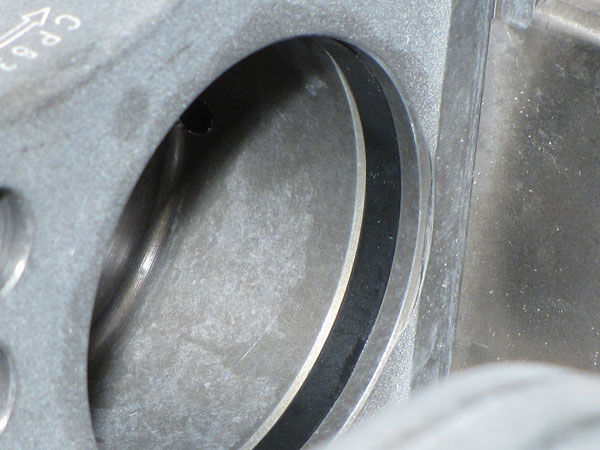
OEM Dust Boot Before Track Use
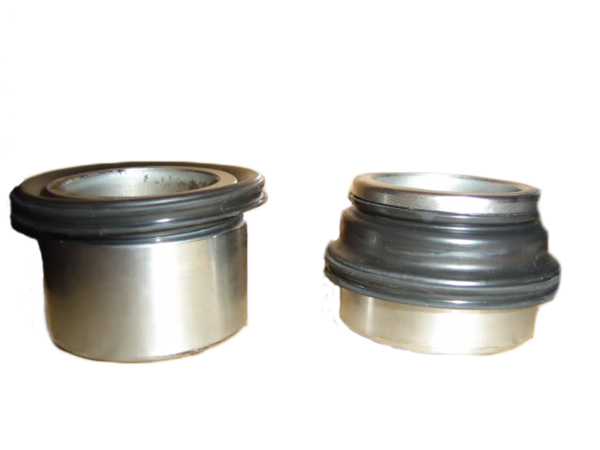
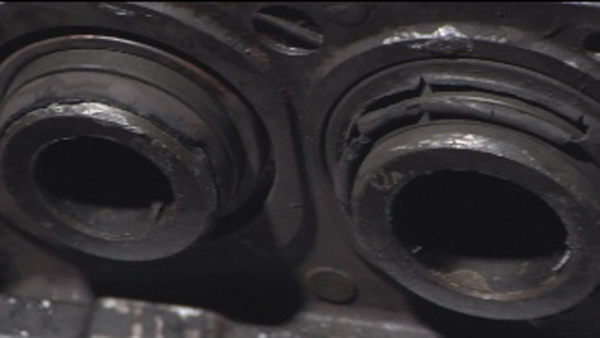
Simple Pad Change with One Bolt
After the countless times you’ve changed your brake pads, you’re probably never too excited when it comes time to do so. Changing pads will no longer be a chore. No more fiddling with a hammer, punch, or pliers. AP’s bridge bolts pop out easily with a 5mm hex wrench and a 7mm socket. It will take you longer to pull off the wheel than it will to change pads. Less time futzing around in the paddock, and more time driving= fun.
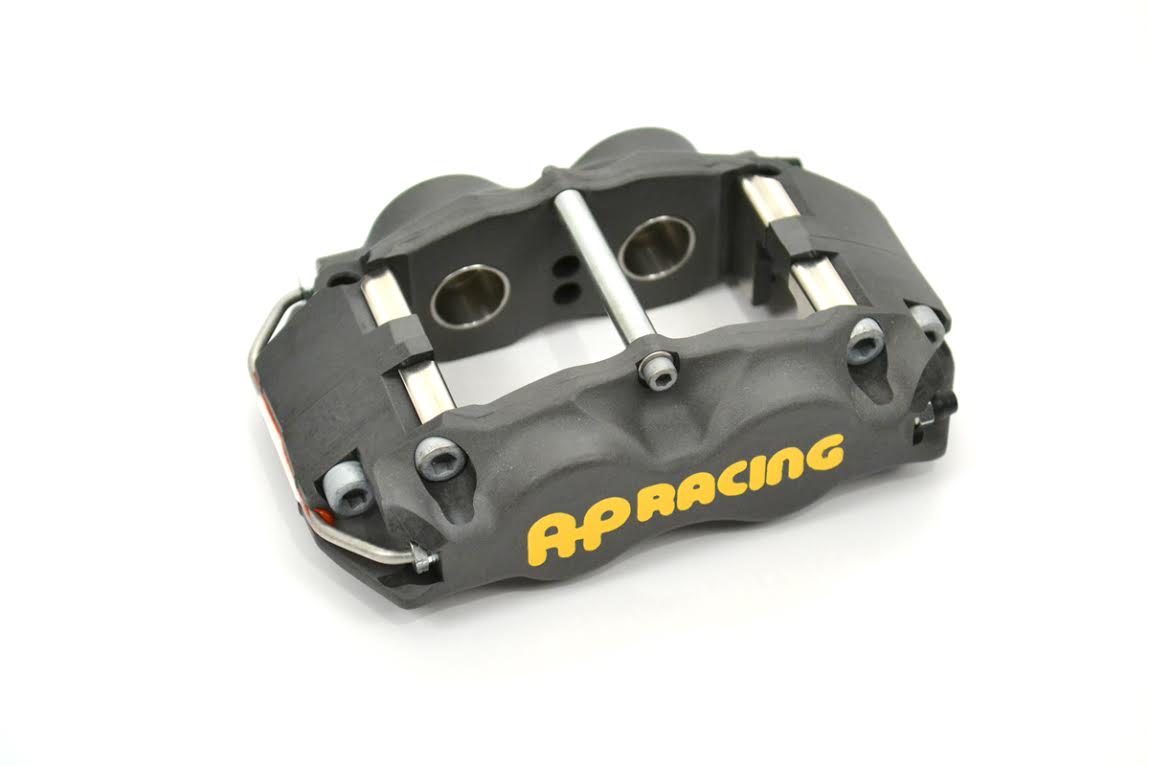
Pistons Sized Specifically for Your Car
The piston sizes in our systems are specifically chosen to closely mimic the OEM brake torque on a given axle. As such, our front systems can be bolted to otherwise stock cars with no ill-effects, negative impact on ABS, etc. The vehicles stock master cylinder can remain, as can the OEM rear brake system.
Integrated Bleed Screw and Crossover Tube Protection
How often do you take the wheels on and off of your track car? At least once per event? A 30lb. wheel and tire combo can do quite a bit of damage when it collides with a caliper's bleed screw or crossover tube. Of the hydraulic components shown below, which do you think have better impact protection?
The CP8350's body was designed to protect the bleed screws and crossover
piping from heavy-handed crew members and track debris. These delicate
hydraulic components reside in small coves on the caliper body that can
withstand the impact of a wheel, tool, rock, etc. Wheel, pad, and
fluid changes become less worrisome and faster, and less time in the
pits equals more time on the track.
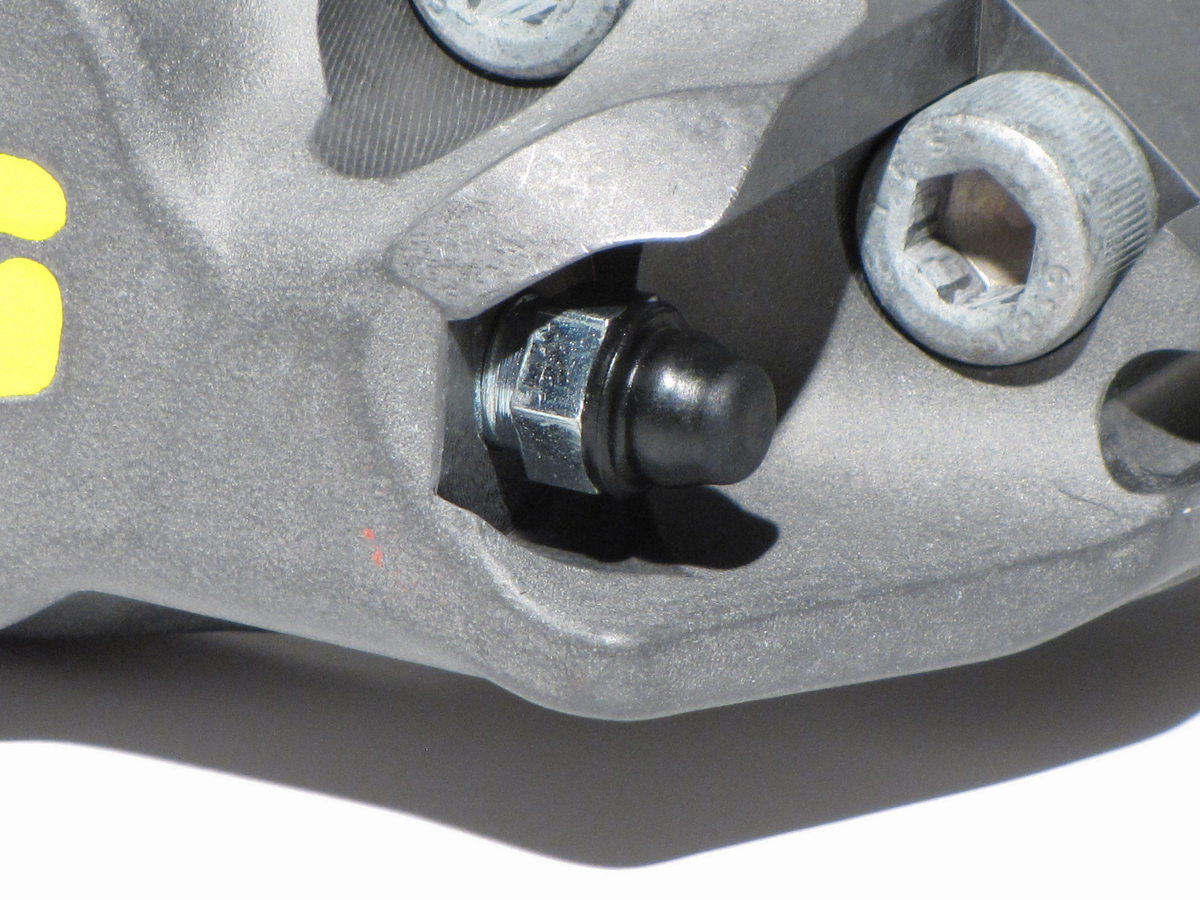
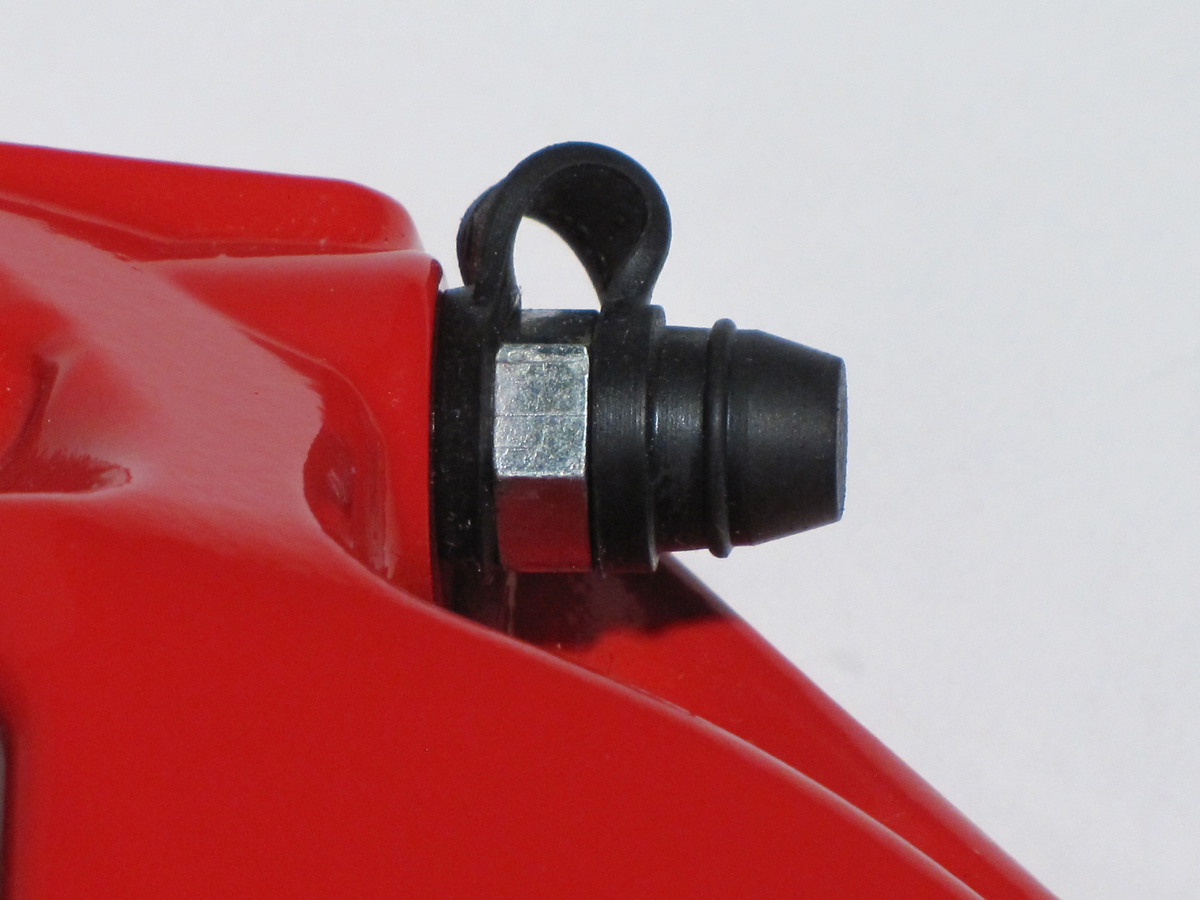
Ultra-lightweight, Compact Design
The Essex mantra when designing brake kits has always been, "Anything larger than necessary to get the job done is simply dead weight to drag around," and the CP8350 aligns perfectly with those values. One of the major problems with many of the brake packages currently on the market is wheel fitment. You’re offered gigantic discs and 12 piston calipers, with a pat on the back and a, “Good luck finding wheels to clear those things (insert sinister chuckle here).” The reality is that many casual racers want to use their OEM wheels on the track, or the smallest, lightest wheel they can find. Not only is saving unsprung weight critical, R compound tires are much more plentiful and cheaper for smaller wheels. If the components are designed properly with heavy use in mind, you don’t need to cram boat anchors under your wheels. If you’re worried about the loss of stiffness due to mass reduction, don’t. Some manufacturers use a heavier six piston caliper, but that's because the caliper wasn't designed or optimized for racing. In those cases, the same caliper may have been designed for use on much heavier road cars, and even trucks! AP Racing’s CP8350 calipers are incredibly stiff, and designed from scratch with only the racetrack in mind.
Lifetime Professional Reconditioning Service
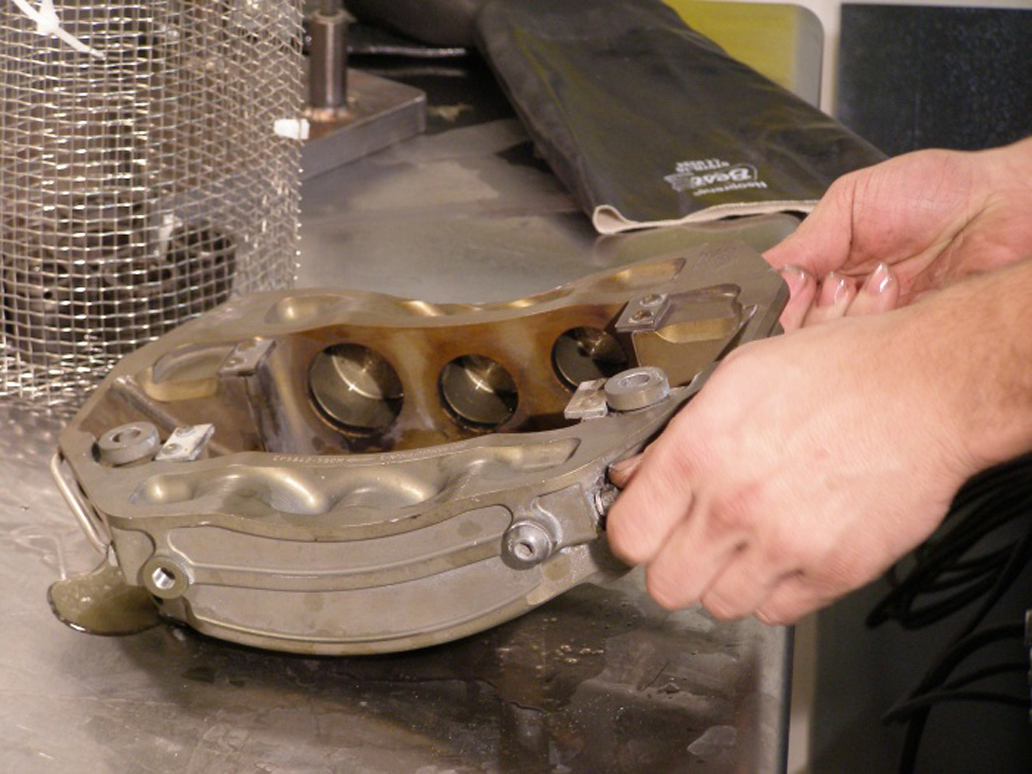
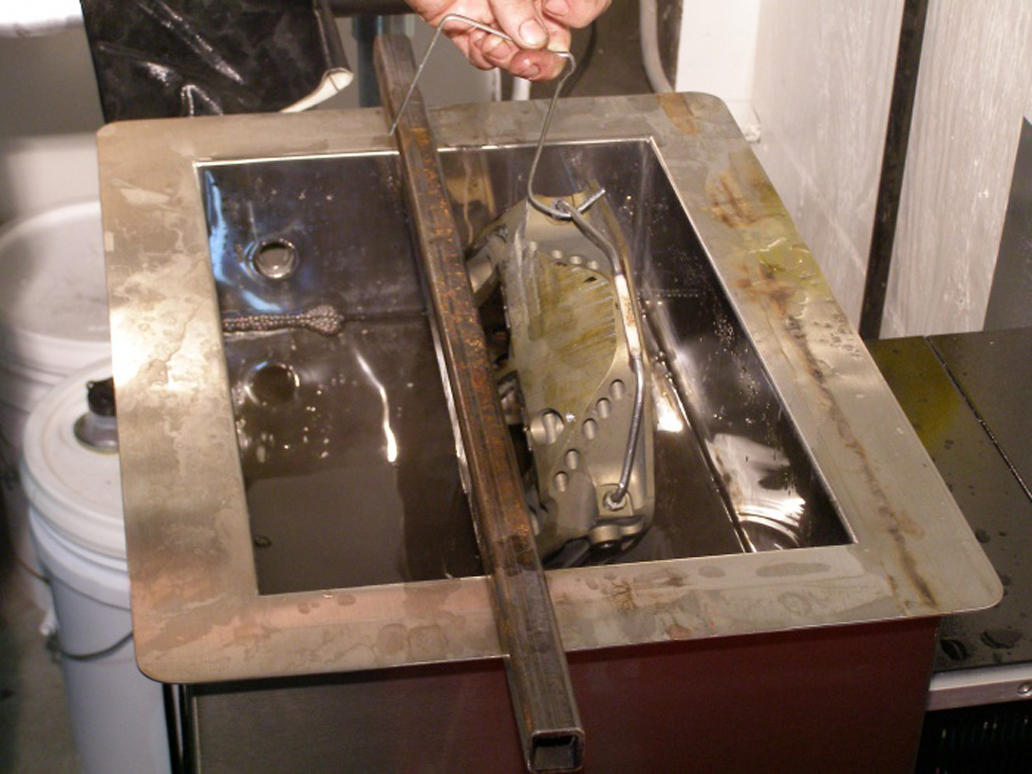
Essex is AP Racing's official North American caliper reconditioning center. We have skilled service technicians rebuilding hundreds of AP Racing calipers each year for the top teams in NASCAR Sprint Cup, ALMS, etc. As an Essex customer, our rebuild service will always be available to you when your calipers need servicing. You simply remove your calipers from the car, drain/clean them, and ship them back to Essex. We take it from there:
Hardness testing: After disassembly your calipers will be Rockwell hardness tested against the standard for that particular caliper type as sold new. This test provides a relative understanding of how much fatigue and stiffness loss your calipers have experienced. Tired calipers lead to pad tapering, increased pad wear, leaky seals, and a loss of pedal firmness, all things you want to avoid. Essex will make a replace or rebuild recommendation based on the results of this test.
Ultrasonic cleaning: After passing the hardness test, your calipers will be placed in an ultrasonic cleaner to remove all dirt, debris, brake fluid, etc. This method produces results that are far superior to what the average racer could accomplish via hand-cleaning.
Inspection and re-assembly: All serviceable parts of the caliper will be inspected and replaced if necessary, including the seals, abutment plates, pistons, and bleed screws.
Cyclical Pressure Testing: After your calipers have been rebuilt, they will be cycled at high and low pressure on a pressure bench to ensure proper functioning. This is important, as certain leaks only show up under specific pressure conditions.
Price: The labor price to rebuild is roughly $80 per caliper. That does not include parts. Assuming there has been no damage to the caliper, Essex typically recommends replacing the seals ($60) and bleed screws ($15) during the standard reconditioning process. For roughly $160, you can have a fresh, professionally serviced caliper in peak operating condition. You won't get messy, and you'll know the rebuild was done by the same folks trusted by elite-level race teams.
Discs- AP Racing Competition J Hook
The AP Racing J Hook discs in our system are the epitome of endurance racing components. They will hold up extremely well to any abuse you plan to throw at them. These discs have been proven time and again in professional racing, winning many races and even championships (ALMS, Rolex, Grand Am, etc.)
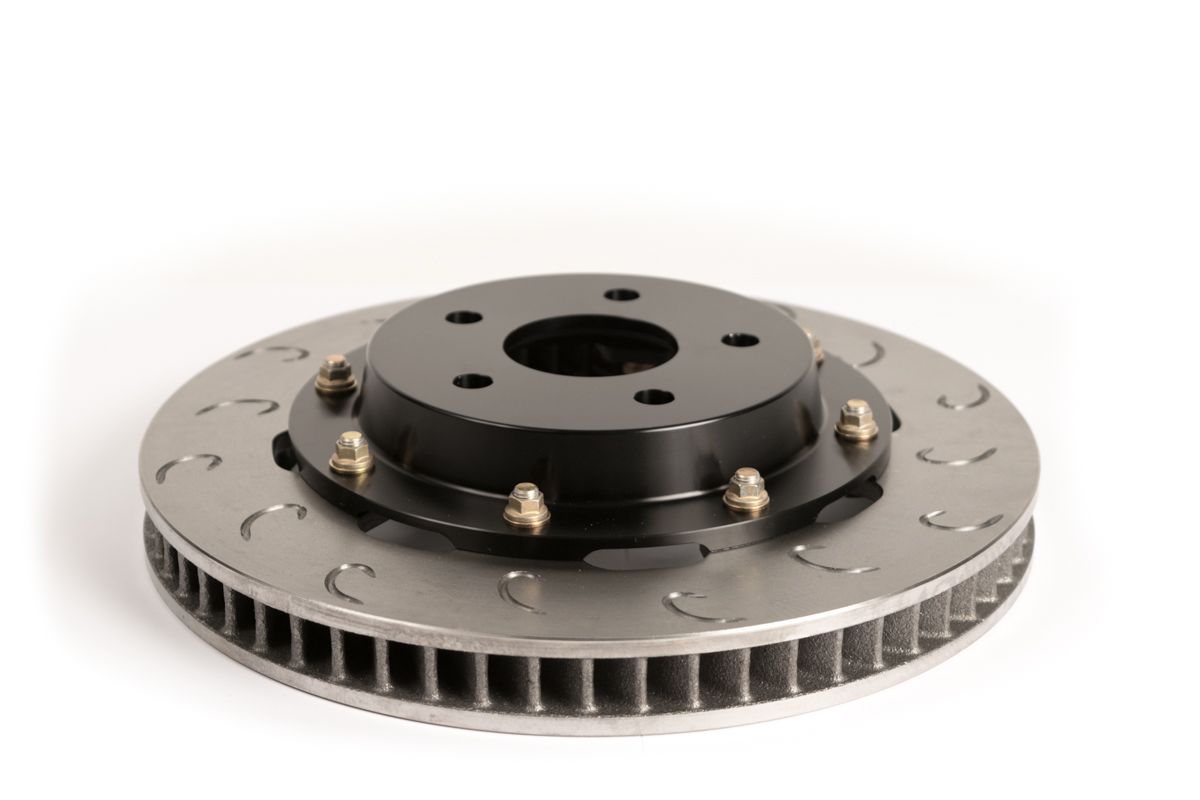
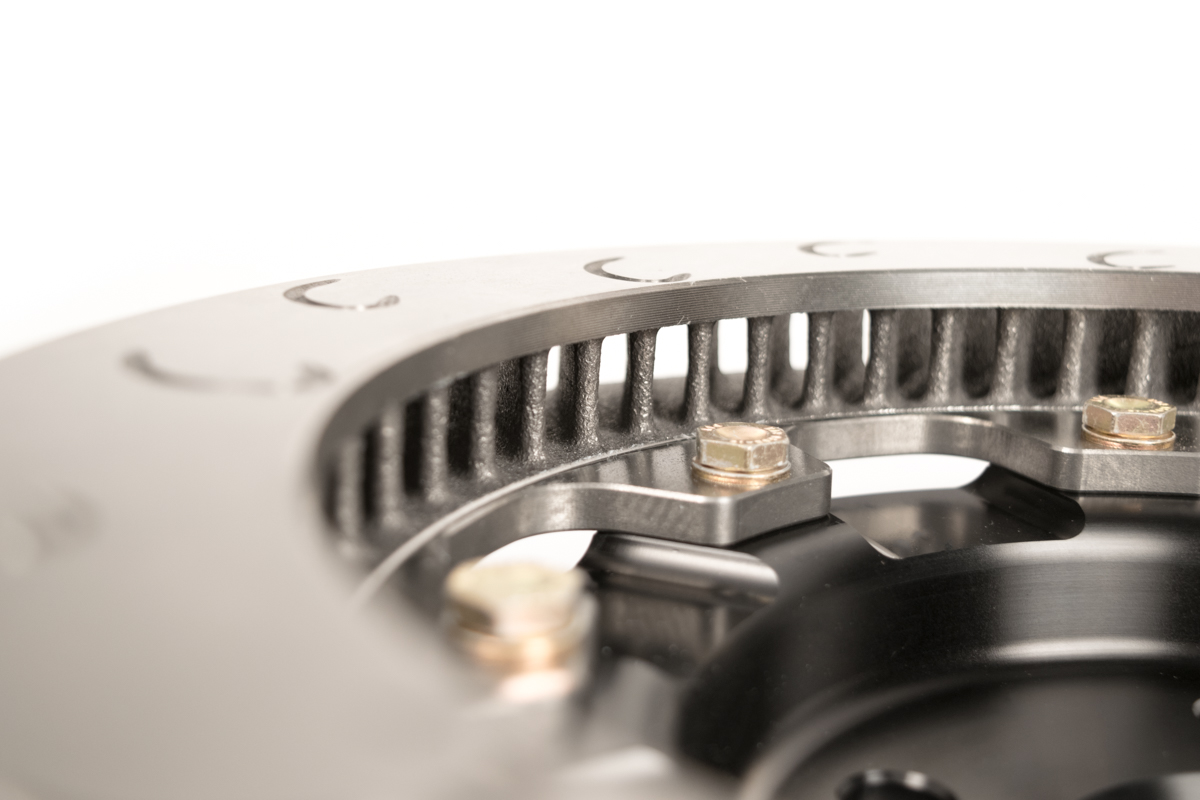
Internal Vane Quantity and Quality
The internal vane design on AP J Hook discs is quite a bit different vs. OEM-style discs and other brands of aftermarket discs. Many OEM discs feature a pillar vane design, which can be thought of as a group of posts or pillars connecting the two disc halves together (see pic below). The pillars are not organized linearly from the outside to the inside of the disc, and turbulence is created as air flows through and among them. Pillar vane discs are therefore not particularly well suited to heat evacuation. The goals of a pillar vane design are disc face stability for low NVH (Noise, Vibration, Harshness), and a low cost of production. Pillar vanes are non-directional, and the same part number is used on both sides of the car (again for cost reduction). Other OEM discs feature a straight, non-directional internal vane. While that type of vane flows more air than a pillar, it does not move nearly as much air as the directional vanes featured in AP Racing's discs. Having directional vanes means that AP Racing discs are handed. There is a unique left disc and a right disc in each pair, and they cannot be swapped from side-to-side on the car. The orientation of the vanes is optimized to spin in a certain direction, pumping the maximum amount of air possible through the disc. The shape of these internal vanes is also optimized to promote smooth airflow.
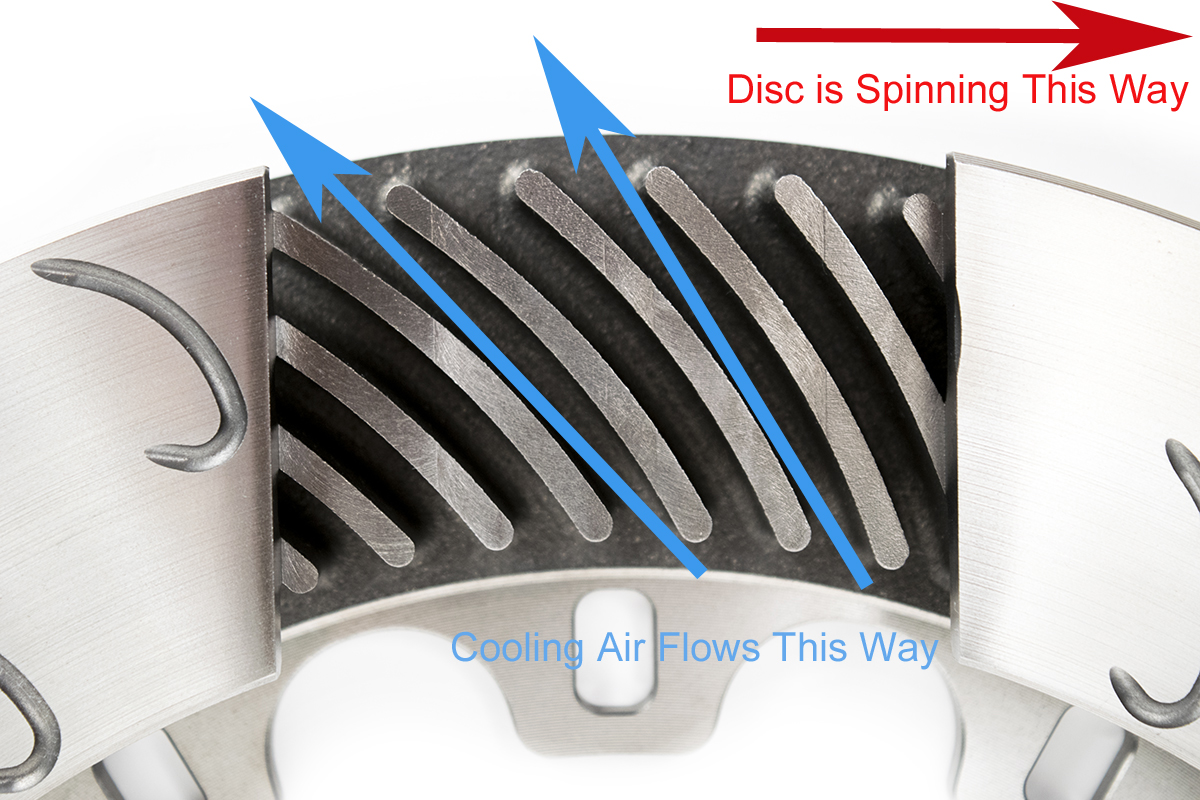
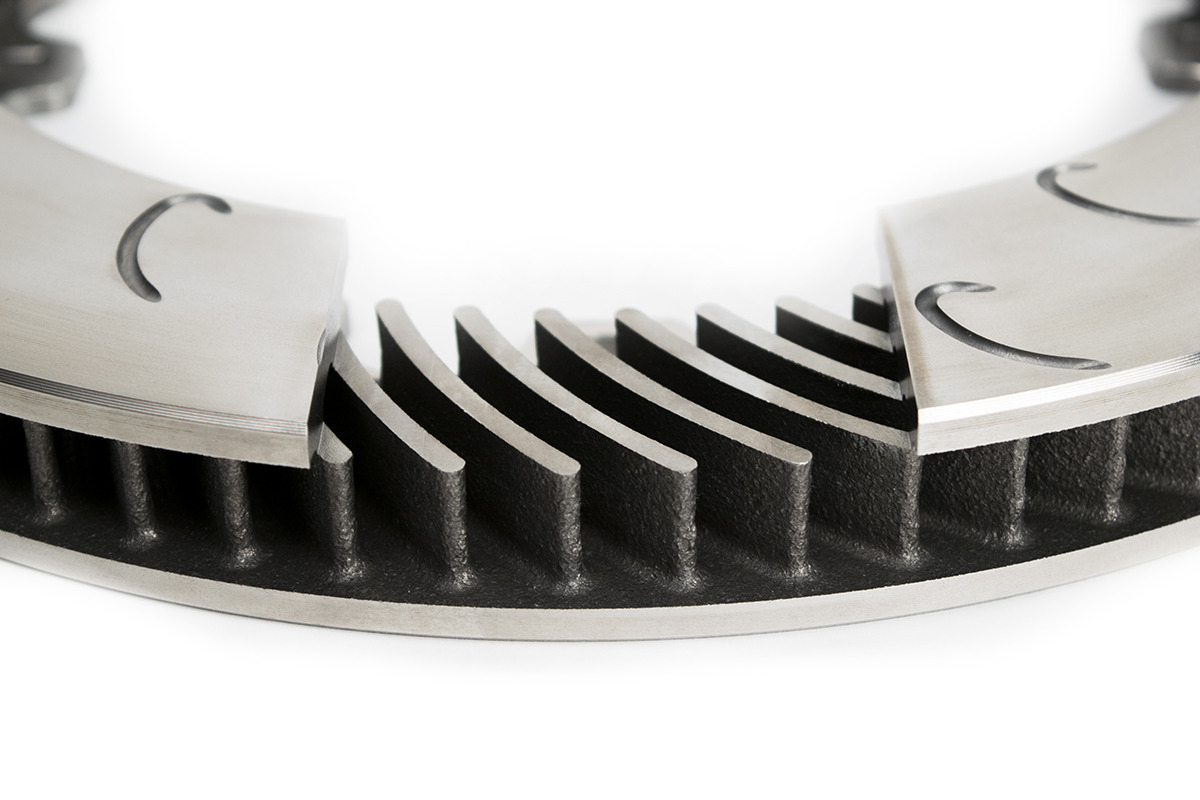
In addition to having a superior internal vane design, AP Racing discs have far more of them! Most aftermarket discs have 30 to 48 vanes. After extensive CFD and thermal stress analysis, AP designed the J Hook's with a high vane count (typically 60 to 84 depending on application). Having more vanes increases airspeed and heat transfer through the disc, reduces air recirculation between vanes, and reduces deflection at the disc face. Compared to an OEM-style disc or competitor's 48 vane discs, the 60+ vane discs are less prone to coning, distortion, and cracking, while providing less brake fade, reduced judder, more even pad contact, and a longer service life.
Below is a comparison of a one-piece OEM pillar vane disc and an AP Racing two-piece J Hook. A few things to note in these pictures: The AP Racing disc has a much wider air gap between the disc faces, allowing considerably more airflow into and through the disc. The uniform, directional vane design also contributes heavily to superior airflow.
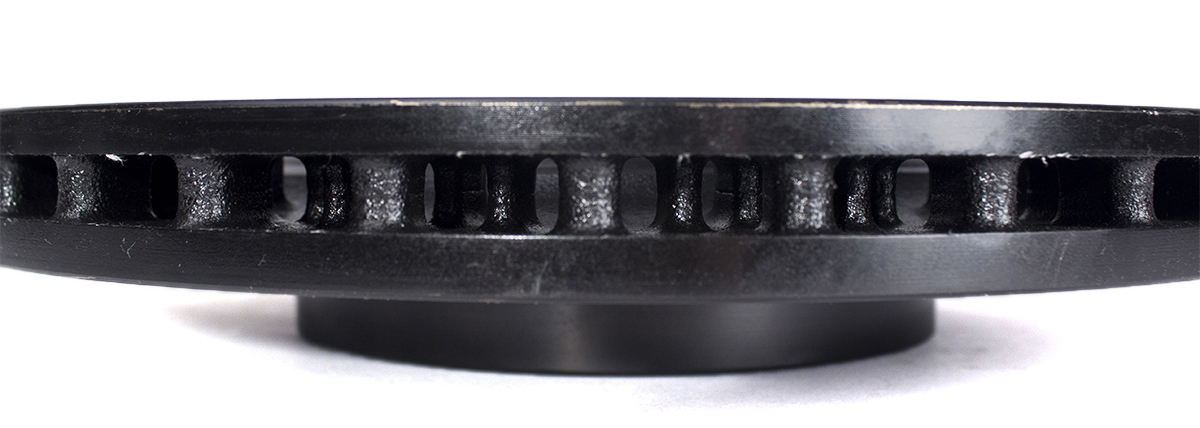

Most of the cooling air that enters a brake disc comes from the back side of the discs, particularly if brake ducts are being employed. The top disc is an OEM pillar vane. The second disc is an OEM dual-cast disc (which is technically a two-piece disc). The bottom disc is the AP Racing J Hook. Which of these discs do you think will flow the most air? While the OEM discs have narrow inlet port and/or obstructions blocking the disc vanes, the AP Racing disc offers a clear path for cooling air to enter and flow through the disc. The result is significantly cooler discs that are less prone to cracking and wear.



Lightweight, Billet Aluminum Hat Design
The disc hats are manufactured from lightweight 6061 heat-treated billet aluminum, with a hard anodized coating. This material was specifically chosen for its strength at high temperatures, as it will be in direct contact with the searing hot iron discs. The hats feature scallops on the underside, to allow for heat evacuation along the outer disc face once installed. The discs also have the added benefit of reducing heat conduction to the hubs and bearings, decreasing wear and tear on these costly components.
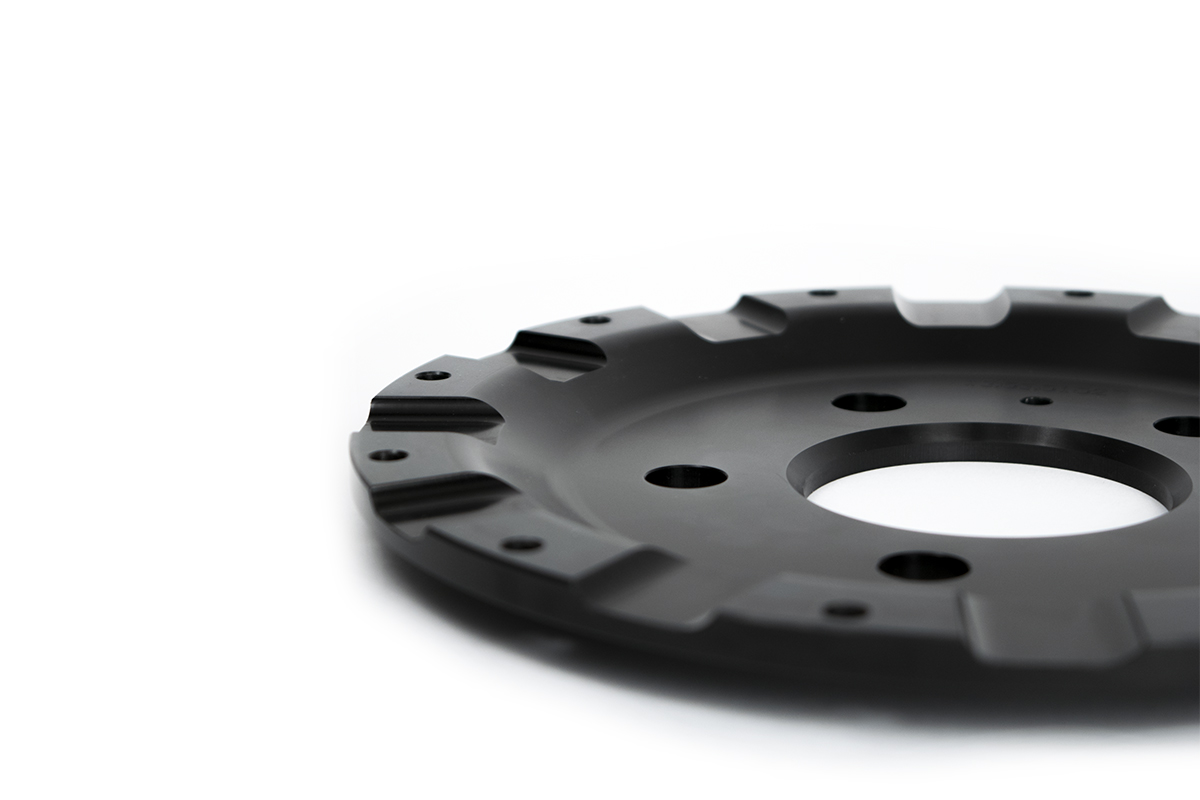
Exclusive AP Racing J Hook Slot Pattern
When you cut a slot or drill a hole in a disc you impact heat transfer. The area around the slot or hole acts as a cool spot when the disc heats up, which is not ideal. Ideally, heat is distributed uniformly around the disc so it can be hit with the cooling air that is pumping through the disc, radiate outwards away from the disc, etc. Cool spots create stress risers and increase the likelihood of the disc cracking. They also cause the face of the disc to distort unevenly, leading to uneven pad deposits, vibration, and judder.
The OEM discs avoid this
problem by simply leaving the face blank. While the risk for NVH goes
down, so does the pad bite and feel of the disc through the brake
pedal. Competitive aftermarket offerings typically have straight slots,
which tend to leave cool spots across the disc face between the slots.
During
exhaustive R&D testing, AP's J Hook design was found to create a
constant pathway of evenly distorted material on the face of the disc.
The hooks are spaced out as evenly as possible both around the
circumference of the disc, as well as from the inside edge (where the
hat attaches) to outer edge, with a slight overlap to promote even heat
distribution/distortion. In addition to reducing cracking, the even
heating of the disc also helps provide an even transfer layer of pad
material on the disc when you bed them in.
Additionally, the J
Hook slot pattern produces a greater number of leading edges for the
pads to bite into vs. a traditional curved slot pattern, and
particularly a plain-faced disc. While this may lead to slightly more
whirring or scraping noises from the discs when applying the brakes, the
benefits of more even heat distribution, less propensity to crack,
cleaner pad material transfer during bed-in, and more bite far outweigh
the slight increase in NVH for the serious enthusiast.
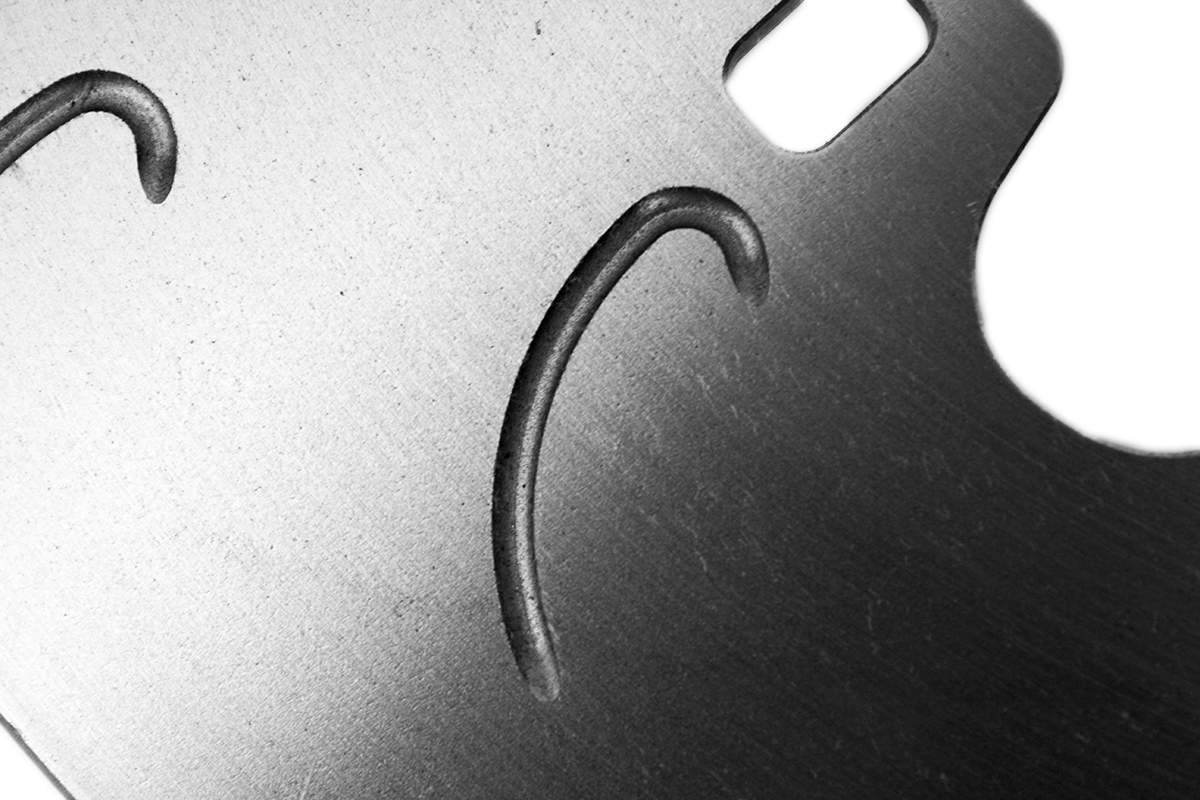
Complex Metallurgy Developed Through 50+ Years of Experience
AP Racing has been designing brake components for more than 50 years. They've had their components on cars that have won more than 750 Formula 1 races! On any given race weekend, AP J Hook discs can be found on 75% or more of the NASCAR Sprint Cup grid. AP has learned from these experiences, and have developed a proprietary iron alloy with extreme durability, designed specifically for what you intend to do with it (flog the hell out of it). The primary objectives with OEM discs are simple: they must be cheap and easy to produce. The design objectives for these two products are vastly different.
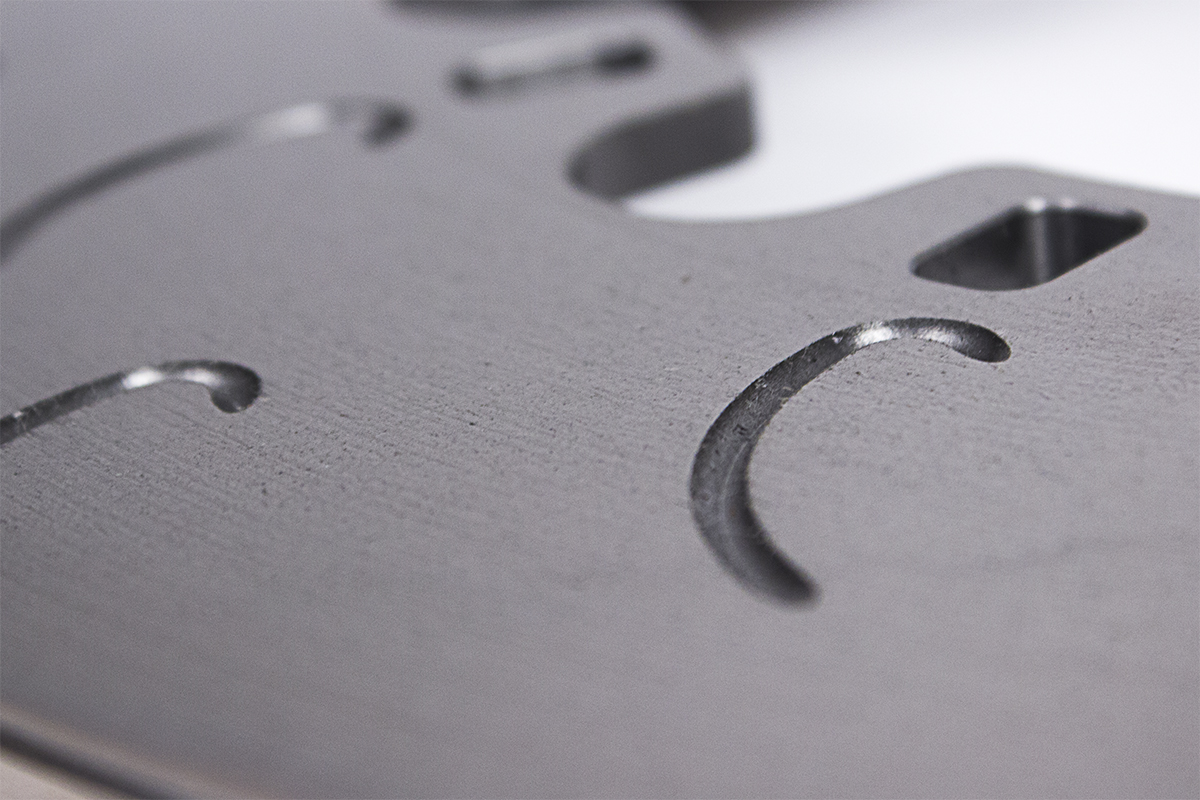
Disc Burnishing/Bedding Service
If your brake discs aren’t being properly prepared for abuse prior to flogging them on track, you’re exposing yourself to potential judder, vibration, and cracking issues. We all know that prepping your pads and discs at the track can be difficult. Doing so wastes time during the first session of the day, and it's a hassle and potentially dangerous for other drivers as you go through the procedure. Track time is expensive and tough to come by. The more time you spend behind the wheel performing an elaborate bed-in procedure, the less time you’ll spend doing hot laps. Performing the procedure on-track also limits its repeatability. You can't control what's going on around you with track conditions, other drivers, etc., and many track configurations don't really lend themselves to the constant start/stop/start required to do the job properly.
Essex is now offering a solution via our professional burnishing service. Previously reserved for our professional racing customers, we are now offering our retail customers the option of having the discs in select Competition Brake Kits pre-burnished at our factory. We burnish thousands of discs for the top racing teams each year. After countless hours of experimentation, and extensive feedback from the top drivers and teams, we can consistently squeeze the most reliable performance out of AP Racing's discs. The procedure is incredibly repeatable, as it is performed on a computer-controlled machine by experienced technicians. The cost of our burnishing service is $50 per disc ($100 per brake kit).
Please note that the pads you receive will not be pre-burnished. In other words, the pads and discs do not have to be a matched set burnished together to reap the benefits the procedure has on the discs. In other words, we will burnish the discs in the pad compound you choose, they just won't be burnished with the exact set of pads that will arrive with your kit.
Watch a brief video of our disc burnishing service here.
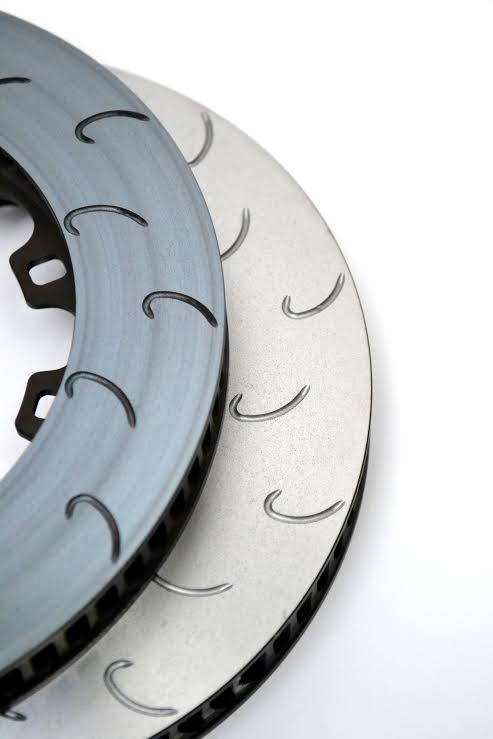
Reasonable Replacement Cost
Let's face it, no matter how good a brake disc is, it's still a consumable item. They're no different than brake pads or gasoline. You beat them up until they crack to pieces, then you throw them away. If replacement iron is too expensive, you're always driving in fear, waiting to shell out big bucks for a new set. Despite having the most expansive set of features on the market, spare AP Racing J Hook's are completely affordable.
Going to the track is expensive! Event entrance fees, hotels, fuel, and tires all add up. While you obviously want the best product available, you can't afford to pay a small fortune for something you're just going to destroy. You can buy a cheap set of discs for every event, have relentless heat issues, and find yourself constantly swapping them out. When you do the math, the long-term value of the AP J Hook's is tough to beat. You'll enjoy all the benefits without breaking the bank, and you'll spend more time driving and less time wrenching.
Elite level teams choose AP Racing discs because they know the work has been done to provide the best available product at any price level. The AP J Hook is a direct derivative of AP's vast racing experience. You can buy with confidence knowing that you're getting the best product available at any price point. A note of caution however: the J Hook design is often imitated, and there are a number of lesser quality imitations on market. Before purchasing, make sure you are getting an authentic AP Racing J Hook.
Caliper Brackets & Hardware
Caliper brackets for our kit are machined from heat-treated 6061 T6 billet aluminum, and hard anodized, ensuring strength and durability. All included hardware is of aircraft quality, and identical to what we use in professional racing. One of the nice features of our brackets is their cutaway design, which allows for the snug fitment of many currently available brake duct kits.
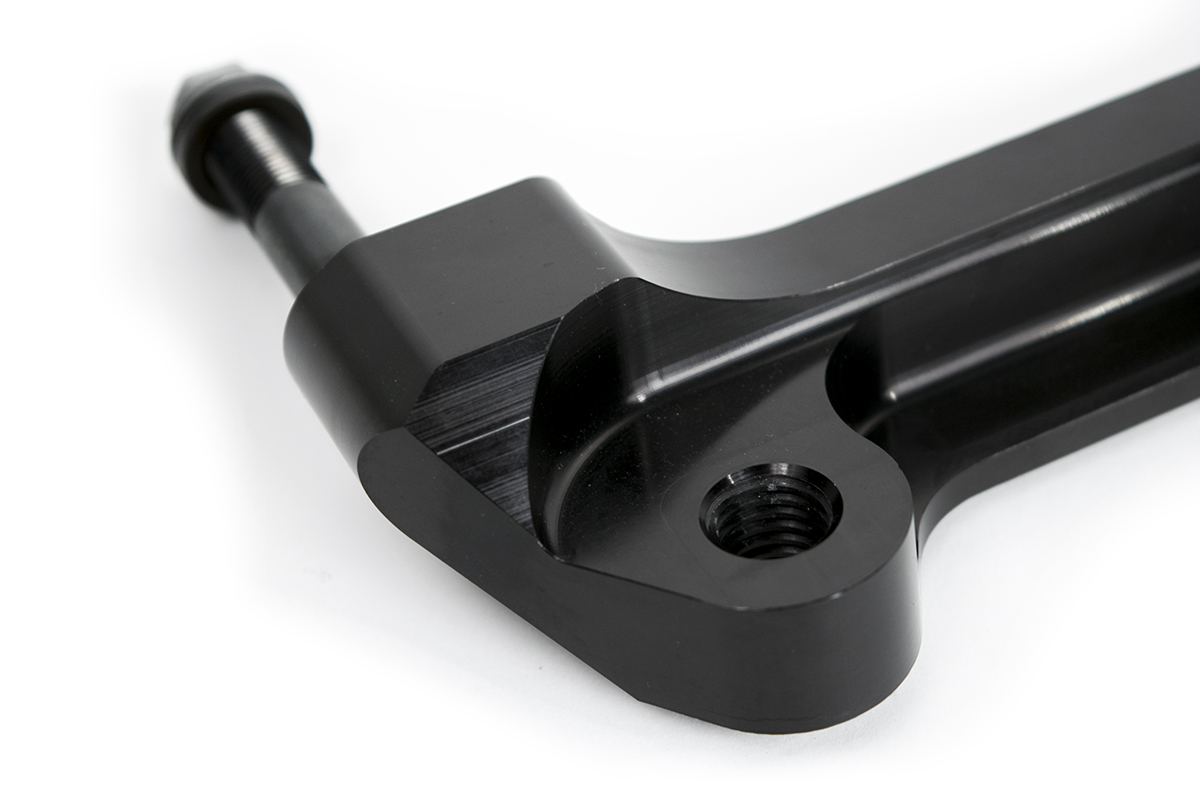
Brake Ducting
Essex does not recommend aftermarket brake ducts with our Competition Brake Kits. In our experience, packaging issues make it nearly impossible to pipe an adequate amount of cooling air from the nose of the car into the center of the discs. The duct hoses are typically too narrow, and there isn't enough room for properly-sized hoses to clear the tire in the fender well. Many systems also direct cooling air to the incorrect location, which can create uneven cooling and temperature gradients throughout the disc, which leads to premature cracking. Finally, the plates used to attach brake ducts at the wheel hub frequently trap heat against the inner disc face, creating a systemic temperature increase. As such, we do not recommend aftermarket brake ducts.
If your vehicle has an OEM brake duct that dumps air into the wheel well, and or a series of air deflectors inside the wheel, it is fine to leave them installed. If you have installed your Essex Designed AP Racing Competition Brake Kit, collected data, and believe it is running hotter than expected, please contact us to discuss your options.
Please also note, DO NOT BOLT ANYTHING BETWEEN THE CALIPER BRACKET AND THE SUSPENSION UPRIGHT! Any ears or tabs from a brake duct system bolted between the bracket and the upright will malign the caliper from its intended orientation, causing potentially serious damage to the entire brake system or car. The bracket should be directly bolted to the upright as intended, with nothing sandwiched between the two.
Spiegler Stainless Steel Brake Lines
Our Competition Kits include a set of the highest quality stainless steel brake lines available. Spiegler lines have a wide range of features not available in competitive offerings. Below are just a few. For complete details please visit the Spiegler page on our site.
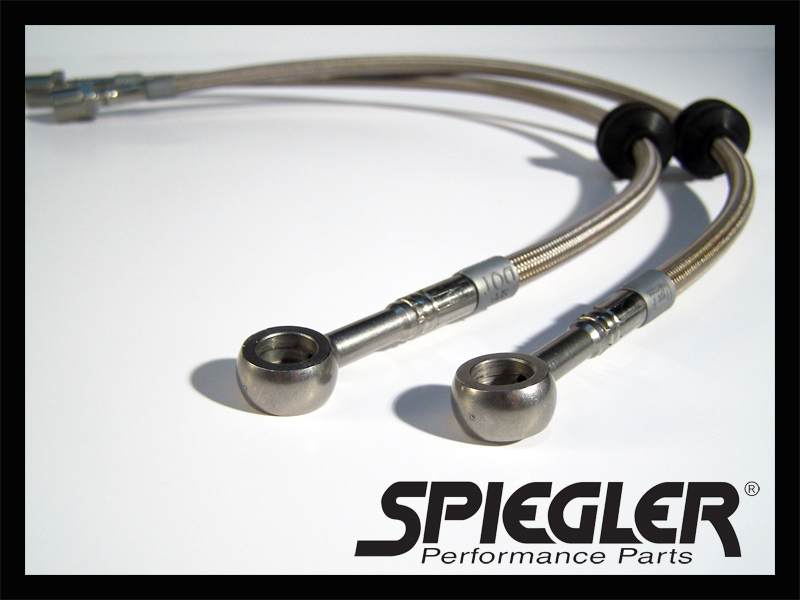
|
Feature |
Benefit |
|
All components manufactured in USA and Europe |
Stringent and consistent quality control |
|
Stress-free Torsion Fitting System |
Allows 360 degree rotation of banjo fitting for correct alignment and strain reduction |
|
Abrasion resistant coating/sheath |
Eliminates snagging and chafing |
|
Aircraft quality stainless steel fittings and bolts |
Superior strength, longevity, and safety |
|
Heavy gauge, tightly woven stainless steel braid |
Eliminates line swell, more consistent feel |
|
Du Pont PTFE- Teflon® lining |
Reduces line expansion and provides greater durability |
|
DOT compliant |
Quality assurance, road legal |
|
Wide range of colors |
Allows for personalization |
|
Standard and custom designs shipped in 48 hours |
No more waiting around for lines to show up |
|
Full testing battery on all parts, with lifetime warranty |
Purchase and drive with confidence |
Endurance vs. Sprint System Comparison
- Sprint system is roughly 10 lbs. lighter per corner than stock, while Endurance system is approximately 5 lbs. lighter per corner than stock
- Endurance system uses slightly larger disc, with a higher internal vane count
- Aluminum hats on Endurance discs are floating, while hats on Sprint discs are bolted
- Actual disc metallurgy the same for both kits
- Slightly taller pads can be used on the Endurance package, giving greater pad volume and longer wear characteristics
- Any pad that works in the Sprint System will also work in the Endurance package
- Both kits will fit under certain 17" wheels, but neither will fit OEM Gen.1 wheels without a spacer. Wheel fitment templates available on our site.
Differences are in bold below:
|
Essex FT86 Competition Brake System Comparison Grid |
|
|
Sprint System |
|
|
|
|
|
Total system weight savings vs. OEM= 10 lbs. |
Total system weight savings vs. OEM= 20 lbs. |
|
Weight savings per front corner vs. OEM= 5 lbs. |
Weight savings per front corner vs. OEM= 10 lbs. |
|
|
|
|
325mm x 32mm |
299mm x 32mm |
|
70 Directional Vanes |
60 Directional Vanes |
|
J Hook Slot Pattern |
J Hook Slot Pattern |
|
Fully floating |
Fixed mount |
|
Crack-resistant metallurgy |
Crack-resistant metallurgy |
|
Approximate weight with hat= 17.6 lbs. |
Approximate weight with hat= 12.2 lbs. |
|
Spares Price= $399 per iron replacement disc |
Spares Price= $299 per iron replacement disc |
|
|
|
|
Brake pad maximum radial depth 50mm |
Brake pad maximum radial depth 43mm |
|
Endurance wheel fitment template |
Sprint wheel fitment template |
With either of our systems, Essex recommends upgrading your rear brake pads to the same or similar pad compound to what you will be running in the front. Doing so will help provide the appropriate brake bias, ABS integration, and feel that our customers expect under heavy braking loads on the track.
If you have any uncertainty as to which system will be the best fit for your needs, please don't hesitate to call us. That's why we're here! As a general rule, if you plan to keep your car at relatively stock power levels, the Sprint System should be more than ample for your needs (even if you are running bigger, sticky tires, and have reduced your curb weight). The Sprint System has the lower weight of the two options, and also the least expensive consumable costs. If you plan to add big power via a turbo or supercharger, plan to compete in Endurance racing, or just want something to further fill up your wheels, then the Endurance System may be a good starting point for you. The Endurance system should provide everything anyone would ever want or need for tracking this platform. We actually have a 637 whp Lancer Evo heavily tracking the Endurance System without issue!
Advantages Over OEM Brake System
Our CP8350 Competition Brake Kit offers our customers the following advantages over the OEM brake system:
- Approximately 20 lbs. of unsprung weight reduction from nose of car
- AP Racing calipers are the stiffest, lightest, and most technologically advanced calipers available at any price
- CP8350 calipers use a 20mm thick, commonly available brake pad shape
- Stainless steel pistons keep heat out of the brake fluid and provide an ultra-firm pedal
- Mitigation of pad knockback via anti-knockback springs behind the caliper pistons
- Anodized caliper finish that is resistant to wear and deterioration at elevated temperatures
- Stainless steel caliper hardware for a long caliper service life under frequent pad change conditions
- High temperature, low drag seals that will hold up to track temps= less rebuilding and longer service life
- No dust boots to burn up
- Simple pad change with one bolt, no caliper removal required
- Lifetime professional caliper rebuilding support by Essex (at a fee)- pull off your calipers, send them to us, we clean, inspect, and rebuild them
- Available disc burnishing service ensures that your kit arrives ready to be installed and driven hard immediately
- Championship winning 60 vane AP Racing J Hook racing discs
- Replacement iron disc rings available at an extremely competitive replacement price
- Disc metallurgy specifically designed to handle the temps typically seen on track offer a long service life
- Highest quality, Spiegler stainless steel brake line with clear sheath that reduces compliance over OEM rubber design
|
Model Year |
2012-2015 |
|
|
Essex/AP BBK |
FT86 |
|
|
Caliper |
CP8350-2S4L/3S4L |
|
|
Weight no Pads |
4.8 lbs. |
11.6 lbs. |
|
Piston Sizes |
38.1mm x 2 |
|
|
41.3mm x 2 |
||
|
Piston Area |
49.56cm^2 |
|
|
Inlet Thread |
M10x1.0 |
|
|
Mounting Type |
Radial |
|
|
Mtg. Centers |
152mm |
|
|
Mtg. Offset |
44mm |
|
|
Pad thickness |
20mm |
15mm |
|
Disc |
CP3860-128/128GA |
|
|
Type |
2-piece bolted |
|
|
Weight |
10.71 lbs. |
17 lbs. |
|
Diameter |
299mm |
mm |
|
Thickness |
32mm |
24mm |
|
Radial Depth |
43mm |
|
|
No. of Vanes |
60 |
If your brake discs aren’t being properly prepared for abuse prior to flogging them on track, you’re exposing yourself to potential judder, vibration, and cracking issues. We all know that prepping your pads and discs at the track can be difficult. Doing so wastes time during the first session of the day, and it's a hassle and potentially dangerous for other drivers as you go through the procedure. Track time is expensive and tough to come by. The more time you spend behind the wheel performing an elaborate bed-in procedure, the less time you’ll spend doing hot laps. Performing the procedure on-track also limits its repeatability. You can't control what's going on around you with track conditions, other drivers, etc., and many track configurations don't really lend themselves to the constant start/stop/start required to do the job properly.
Essex is now offering a solution via our professional burnishing service. Previously reserved for our professional racing customers, we are now offering our retail customers the option of having the discs in select Competition Brake Kits pre-burnished at our factory. We burnish thousands of discs for the top racing teams each year. After countless hours of experimentation, and extensive feedback from the top drivers and teams, we can consistently squeeze the most reliable performance out of AP Racing's discs. The procedure is incredibly repeatable, as it is performed on a computer-controlled machine by experienced technicians. The cost of our burnishing service is $50 per disc ($100 per brake kit).
Please note that the pads you receive will not be pre-burnished. In other words, the pads and discs do not have to be a matched set burnished together to reap the benefits the procedure has on the discs. In other words, we will burnish the discs in the pad compound you choose, they just won't be burnished with the exact set of pads that will arrive with your kit.
If you'd rather have a go at preparing your discs yourself, please watch the video below:
Complete Kit Installation Instructions
Confirmed wheels that fit without a spacer:
- 949 Racing 6UL 17x8 +40
- Advan GT 18x9.5 +40 (So much clearance! 1.2+in)
- APEX Wheels VS5RS 17x9 +35
- APEX Wheels EC7R 17x9 +35
- Data R1R 17x8.5 +35
- Enkei NT03+M 17x7.5 +35
- Enkei PF01 17x8 +45
- Enkei Raijin 18x8 +45
- Enkei Raijin 18x8.5 +45
- Enkei RPF1 17x7.5 +48
- Enkei RPF1 17x8 +35
- Enkei RPF1 17x8 +42
- Enkei RPF1 17x8 +45
- Enkei RPF1 17x9 +35
- Enkei RPF1 18x9.5 +38
- Enkei Fujin 17x7.5 40
- Konig Ultraform 17x8 +40
- Kosei K4R 17x8 36
- Mach V Motorsports "Awesome" wheel 17x9 42
- Mach V “Wicked Awesome” 18x9.5 +42
- OEM Performance Pack Wheels
- OEM Subaru WRX, model years 2011-2014
- OZ Ultraleggera 17x8
- OZ Ultraleggera 17x8 +48
- Prodrive GC010E 17x7.5 +38
- Racing Hart CP035 17x7.5 ET48 (very tight 1mm clearance)
- Rays CE28N 18x7.5 47
- Rays Gram Lights 57DR 17x9+35
- Ray's Gram Lights 57DR 17x9 +38
- Rays Gram Lights 57Xtreme17x9 +40
- Rota Titan 17x8 +40
- Rota Titans confirm 17x9 +42
- Sparco Terra 16x7 +50
- Sparco (designed by OZ) Assetto Gara 17x7.5 48
- SSR GTF01 18x8.5 +44
- SSR GTV02 18x9.5 +40
- SSR GTX01 17x9 +38
- SSR Type C 16x7.5 +35
- Subaru OEM STI Wheels (2004) 17x7.5 53
- Subaru OEM BBS STI Wheels from 2016 Series Hyperblue
- Team Dynamic 1.2 17x7 38
- Team Dynamics Pro Race 1.2 17x8 +38
- TSW Bathurst 17x8 +35
- TWS Forged T66F 17 x 8.0 +42
- TWS Forged T66F 18x8.5 +44
- TSW Nürburgring 17x8 +45
- Volk CE28N 16x7 +33
- Volk CE28N 16x8 +42
- Volk CE28N 17X7.5 +35
- Volk CE28n 17x7.5 +50
- Volk CE28N 17x8.0 +44
- Volk CE28RT 18X9.5 +38
- Volk CE28RT 18X9 +43
- Volk Racing RE30CS2 18x9.5 +40 (About 0.5-0.7in of clearance!)
- Volk Racing TE37RT 17x9.5 +40
- Volk se37k 17x7.5 +48
- Volk se37k 17x8 +35
- Volk Racing TE37 16" x 7 +46
- Volk TE37 17x8 +35
- Volk TE37SL 17x9.5 +45
- Volk Trophy 18x8.5 +42
- Volk Racing ZE40 18x10" +40
- Wedsport sa67 18x9 +36
- Wedsport TC105n 17x9 35
- Wedsport TC105n 17x8 +42
- 18" Work Meister S1R O-disk (O disk is least clearance disk, so A/R/T will fit as well)
- Work Ultimate 18x8.5 +47
- Work Meister S1R 17” with at least an A centre disc
- XXR 17x8.25 +35
The wheels below will fit with a spacer of the specified thickness:
- 2013+ USDM OEM BRZ or FR-S front wheels, 10mm spacer
- BBS RK 17x7 +48, needs 10mm spacer
- Enkei RPF1 17x9 +35, needs 3mm spacer
- Kosei K4R 17x7 +50, needs 5mm spacer
- OEM NZDM Gt86 (by Enkei)16x6.5 +48, needs at least 8mm spacer
- SSR type-c 16x7 +48, needs 5mm spacer
- Volk Racing TE37 18x7.5 +48, needs 5mm spacer
- Volk TE37 17x7.5 +48, needs 3mm spacer
- Watanabe Needs15x6 +35, needs 25mm spacer
How to use the wheel fitment template:
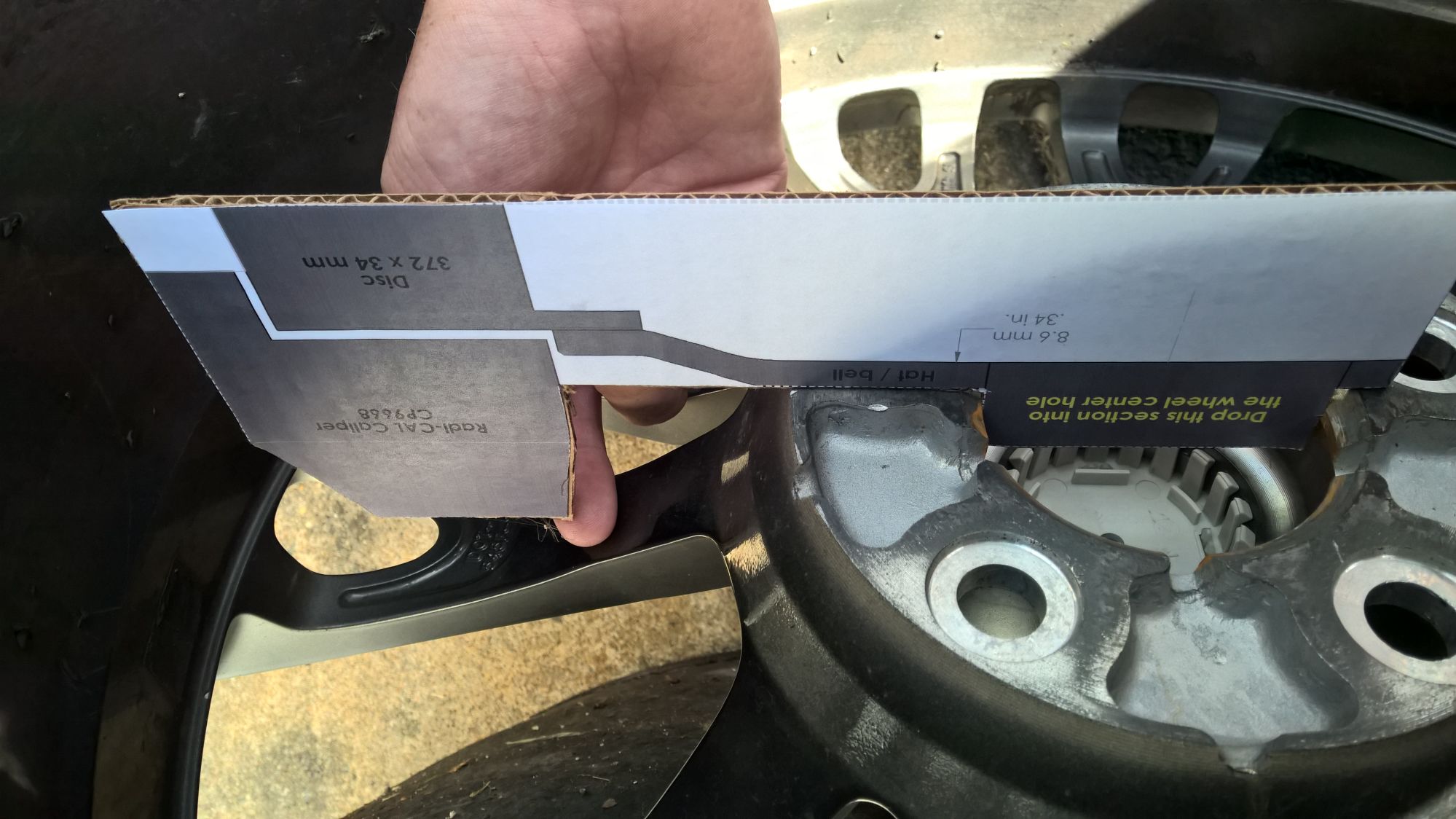
Brake Pads
The available pad compounds that Essex offers for the CP8350 caliper can be found below. Please note however, that the pad shape we use in our caliper is available in a variety of radial depths (heights). When combined with the 299x32mm disc, Essex recommends the D42-D43mm radial depth version. The other common radial depths in this pad shape are 50mm and 39mm. The 39 radial depth will fit into our caliper, but you will be leaving a small unswept 'ring' around the disc near the attachment points to the hat (the pad will not hang as low in the caliper). Leaving a portion of the disc face unswept can create a temperature differential across the face of the disc, and doing so could lead to premature disc cracking. That said, we have not run into such a problem with our kits in the field. The 50mm radial depth version will not work with our 299x32mm disc.
Pad compounds below are ranked from most aggressive to least aggressive.
Ferodo Racing
Pad Cross Reference
Again, please keep in mind that there are many
other compounds available on the market from other manufacturers. Since
we do not offer many of the brands listed below, Essex cannot guarantee
the fitment of these pads in the AP Racing CP8350 caliper. Based on our research
however, we believe that these are the appropriate cross references for
the basic shape. However, you should verify with either the
manufacturer or your installer prior
to purchasing any of them.
|
D43 Depth |
D50 Depth |
|
|
Manufacturer |
Part Number |
Part Number |
|
Carbotech |
CTW7420 |
CTFRP3116 |
|
Circo |
MB1680 |
MB2660 |
|
Endless |
RCP106 |
RCP156 |
|
Ferodo |
FRP3097 |
FRP3116 |
|
Hawk |
HB521.800 |
NA |
|
Mintex |
2205 |
2206 |
|
Pagid |
2205USA |
NA |
|
PFC |
7751.xx.20 |
NA |
|
Project Mu |
999 |
NA |
|
Raybestos |
R701 |
NA |
|
Wilwood |
7420 |
NA |
Spare Iron Brake Disc Rings
This kit uses iron disc part#- 13.05.10084 (CP3860-128GA) / 13.05.10085 (CP3860-129GA)Disc Attachment Hardware
8-bolt disc attachment hardware kit (enough for one disc)
Torque specs for disc assembly using this hardware= 18 inch-lbs.
BBK FAQ
Q: Where can I buy one of your brake kits?
A: Essex sells directly to both retail customers and through an extensive network of wholesale dealers/resellers across North America.You can check our Dealer Locator tool to find a local reseller.The other option is to place an order directly on our website, or call us to place an order by phone.
Q: Do Essex Designed Competition Brake Kits come with pads?
A: No.Brake pads are like ice cream, they come in many different flavors, and everyone likes something different.We could have included a cheap set of pads like some other manufactures offer, but that won't help our customers.Your best bet is to get our recommendation on which pad is right for your usage conditions.You can read more about brake pad selection in our article " How to Choose the Best Street and Track Brake Pads."
Please note that we do offer discounted pads at the time you purchase our brake kit.
Q: Do you have a brake pad that works well on both the street and the track?
A: No such pad exists.There will always be a compromise when running a pad in an environment for which it was not specifically designed.See the two questions below for more details.
Q: Is it okay to run street pads on the racetrack?
A: No!Street pads are designed to chase groceries, not lap times.If you overheat a street pad beyond its max operating temperature, you risk not only destroying those pads, but your discs as well.Essex always recommends using street pads on the street, and race/track pads on the track.Please see "How to Choose the Best Street and Track Brake Pads" for a more detailed explanation and guidance on pad choice.
Q: Is it okay to run race pads on the street?
A: Most race pads are designed to work optimally at high temperatures.As such, they many times don't have good cold bite, making them a poor choice for street use.Even if they do have cold bite, they will likely make a lot of squealing and screeching noises, produce heavy dust, and chew your discs up in a hurry when driven around cold.Please see "How to Choose the Best Street and Track Brake Pads" for a more detailed explanation and guidance on pad choice.
Q: How much brake fluid do I need when installing my brake kit?
A:
Essex recommends three 500ml bottles of brake fluid.That will be enough
to bleed the brakes during the initial install, and have a little bit
left over if a second brake bleed is required.
Q: Which brake fluid is best for me?
A:AP Racing offers five different brake fluids to meet all customer needs and budgets.If you're tracking your car regularly, you should be looking at AP Racing R2, R3, or R4.The main difference between those fluids is their boiling points.Please check the product page for each to see which best matches your needs and budget.
Q: Is it okay to just buy your front-only brake kit?What about the rears?
A: Our front brake kits are designed to very closely mimic the OEM torque output on the front axle.That is accomplished by carefully sizing the discs and caliper pistons.For example, if we increase the disc diameter in our kit vs. stock, we decrease the overall piston area to produce the same overall torque output as the factory setup.As such, installing our front kit on your car will only have a negligible impact on brake bias.In most cases, the shift in brake bias is only in the 2-3% range.To put that in perspective, installing a more aggressive brake pad compound in your factory front calipers would typically have a greater impact on brake bias than installing our front kit while keeping the OEM front pad compound.
On most front-engine sports cars, the front brakes are taxed much more heavily than the rear brakes.That's why the front brakes are almost always larger, and why you go through 2-3 sets of front pads and discs for every set of rears you burn up at the track.The fronts do a disproportionate amount of work, and as such, they are the most critical component to upgrade.On many platforms, rear brake upgrades offer diminishing returns.The rear factory components tend to be smaller and lighter than the front components.As such, switching to AP Racing calipers and discs don't usually offer the dramatic unsprung weight savings that they do on the front.Since the rears tend to not run as hot, simply running good race pads and stainless steel lines on the rear will solve or prevent any rear brake issues.
On a rear-engine car, the rear brakes do a proportionately higher amount of work than on a front-engine car.As such, brake wear tends to be more balanced on the front and rear, and rear upgrades can be more relatively more important to the overall system performance.
Q: Will your brake kit mess with my ABS, stability control, torque vectoring, or disrupt my front to rear brake bias/balance?
A: No!Since our systems closely mimic the factory brake torque output on a given axle as described above, they have no noticeable impact on ABS, stability control, torque vectoring, etc.The brake pedal will feel much better due to lower compliance, and the brakes will take a far greater beating for considerably longer.You won't have any wonky ABS issues however.
Q: Do I have to modify my spindle or do any fabrication to install your brake kit?
A: In 99% of all cases, no.On a few of our kits you may have to grind down some spindle casting flash to get a caliper bracket to seat properly.This can be done with a hand file or Dremel.You don't need to be an engineer or feel intimidated about installing one of our kits.Since we don't use universal caliper brackets or hats, our kits are all custom creations designed specifically for your car.That means when they are installed properly, they will integrate seamlessly with the vehicle.All of that said, if you have any concerns about doing the job, it will always be safer to have the install completed by a certified mechanic. If you look at the "Wheel Fitment & Installation" tab on the product page, you can download our install manual and see what is involved.
Q: Do I have to change my master cylinder to use your kit?
A: Absolutely not.Our kits bolt on at the wheel end with simple hand tools.No other modifications are required.
Q: Will your brake kit significantly shorten my stopping distances with all else held equal?
A: No!Tires stop your car.Brakes turn the energy of the spinning brake discs into heat.The primary function of a properly designed big brake kit to withstand the heat encountered during the repetitive and heavy use of the brakes.Anyone who sells you a brake kit specifically to shorten your stopping distances is lying to you.If you want shorter stopping distances, buy stickier tires. If you want your brakes to feel exactly the same on the last lap of the day as they did on the first lap, buy our brake kit.
Q: I saw that your brake kits reduce unsprung weight…will that help me?
A: Yes!Reducing unsprung weight not only improves braking performance, but also translates to superior acceleration and cornering as well.As is the case with switching to a lighter wheel and tire combo, installing a lighter brake package can improve your car's overall performance envelope.
Q: I installed my brake kit, but my pedal is still a bit mushy.Why?
A: You still have air trapped somewhere in your brake system.A closed hydraulic system is based around brake fluid that is not compressible.As such, your pedal should be firm with relatively short travel after install.Sometimes air bubbles get trapped in your system however, and those air bubbles are compressible.During install, moving your caliper around at different angles, or tapping it lightly with a rubber mallet can work the air bubbles out to a bleed screw.Air bubbles also sometimes get trapped in your ABS system.Make sure to cycle the ABS via a scan tool or manually before doing another bleed.
Q: How do I retract the caliper pistons when changing pads?
A: We recommend using a small block of soft wood (pine) covered with a rag or cloth to press the pistons back into the caliper. Make sure no hard or rough surface is making contact with the caliper pistons.Leave a pad in one side of the caliper while pressing all of the pistons on the other side back into the caliper at the same time.
On four piston calipers, some people flip their brake pad vertical and use it to lever the pads back into their bores.We do not recommend doing so, as it may damage the pad, the disc against which you are levering, or the pistons themselves.
Q: Can I use "Speedbleeder" bleed screws in my AP Racing calipers?
A: Essex does not recommend any bleed screw other than the ones that came with your AP Racing calipers (which vary in size & thread pitch depending on the caliper).
Q: Can I get a Competition Brake Kit with calipers of a different color?
A: In most cases, are racing calipers are only sold with a hard anodized grey finish.The only exception are our kits that use the Pro5000R Radi-CAL calipers.They can be purchased with silver painted calipers for an additional $300.If you're dead set on red or black painted calipers, please check out our AP Racing Factory Big Brake Kits.
Q: Are spare parts available and reasonably priced?
A: Being
a company brimming with racers and track junkies, we're very aware of
the costs of running a typical track event schedule for the year...event
fees, gas, hotels, tires, etc. It all adds up quickly. When we created
our Competition Brake Kit product line, availability and long-term
running costs were of paramount concern.We did a couple of things to
address these issues.First we're buying loads of spares and keeping them
on the shelf in our warehouse in Charlotte, NC.Buying in bulk also
brings the cost down, so we can pass them along at prices that may
surprise you for a premium European brand.When you look at the
specification of our discs vs. the competition, AP's racing heritage,
and the longevity you'll get from them, they are an incredible
bargain.Most of the competitive discs on the market are 48 vanes or
less, weigh more, have less optimized vane design, inferior metallurgy,
and have never been proven under the same conditions as the AP Racing
discs.Many of our race customers have run an entire season or more on a
single set of discs.
Pads are another area of concern for us.
We know that brake pads are a very personal choice, and that everyone
wants to run something different. As such, the calipers we're using in
our systems use some of the most commonly available pad shapes on the
market, produced by just about every manufacturer in every flavor under
the sun.
We also stock spare pistons, seals, springs, and other hardware components so they're available when needed in a pinch.
Q: Will your brake kit clear my wheels without a spacer?
A: Essex cannot guarantee wheel fitment, and we will not be held responsible for a kit not fitting behind particular wheels.That said, we do offer some tools to assist our customers in this area.
We provide a downloadable wheel fitment template or every brake kit we sell.All you have to do is download it, print it to scale (check with a ruler), and stick it inside the wheel in question.Another option would be to have your wheel seller check for you using the template.
If we've had a customer confirm fitment of our kit with a particular wheel, we also list it in the wheel fitment tab on the product detail page for that particular kit.Again, these details are provided by customers, and we cannot guarantee their validity.
Q: Which side of the vehicle is left, and which is right?
A: If you're sitting in the driver seat of a USDM vehicle, you are on the left side/driver side.The other side is the passenger side/right side.
Q: Which disc is the left hand disc, and which is the right?
A:To illustrate further
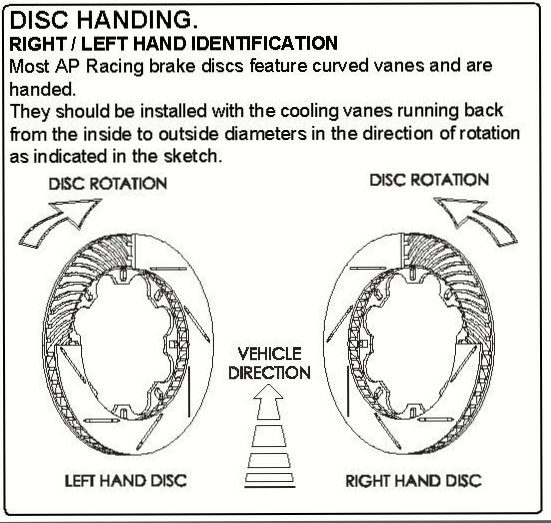
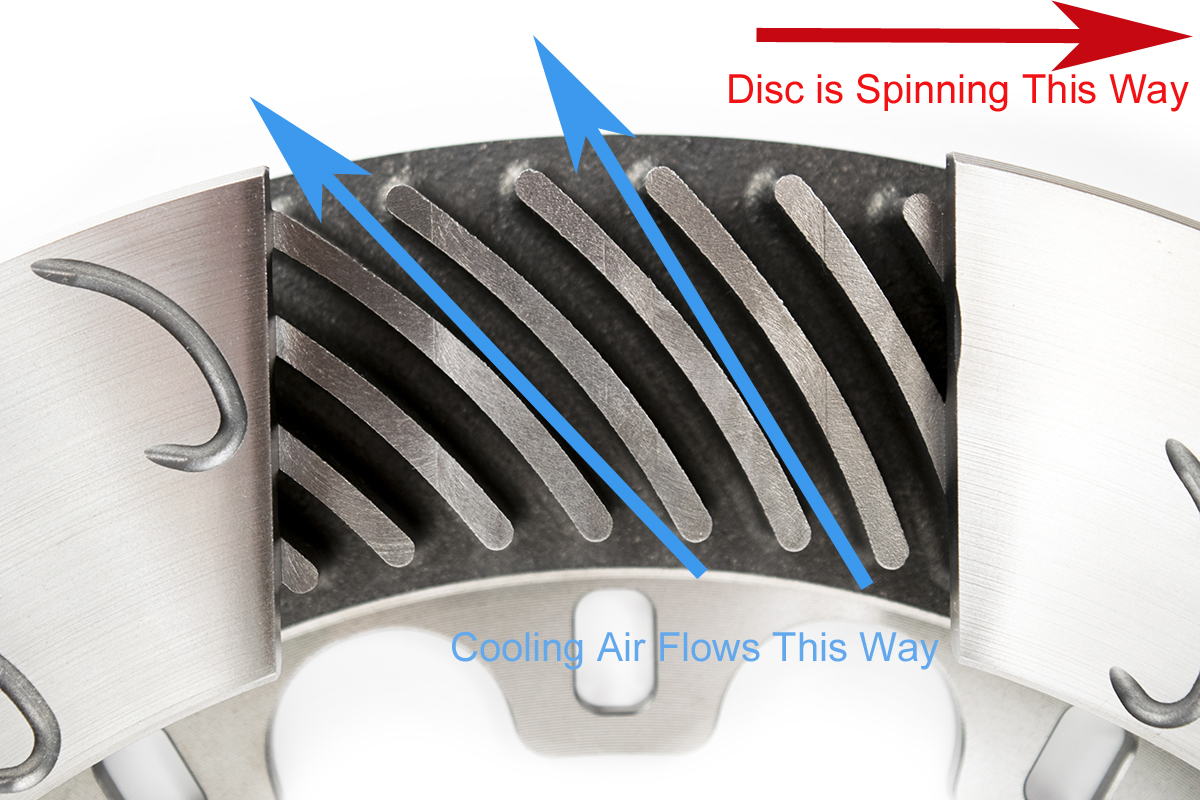
Q: How do I bed-in / burnish my new pads and discs?
A: We have a detailed video that goes into the burnishing procedure in great depth.Please see our video "How to Bed-in Brake Pads and Rotors."
Q: I have a vibration or judder when I press the brake pedal.How do I get rid of it?
A: What you are experiencing is most likely an uneven brake pad deposition on the disc face.What that means is brake pad material is stuck to the face of your brake disc in splotches and patches.On a properly bedded/burnished disc, that material is evenly distributed around the disc.If it is unevenly smeared on the disc, high spots are created on the disc face.Every time you press your brakes and the pads come in contact with that high spot, you feel it as a judder through the brake pedal and/or steering wheel.Our recommendation is to first try and remove those high spots by driving an aggressive set of race pads cold.When you drive race pads cold, they scrape material from the disc, rather than depositing material on the disc.In this manner you can "clean" your discs.To see this process in action, check out our video "Swapping Between Street and Race Brake Pads." To help prevent uneven pad deposits in the future, never come to a complete stop and leave your foot on the brake pedal after heavy brake use (coming off the track). Also, do not engage your parking brake under those conditions.
Q: Why do my brake discs feel slimy, and how do I clean this oil off of my brake discs?
A: The oil is to keep the discs from rusting while they are sitting in a warehouse and in transit.Washing them with soap and water will be sufficient to get them clean and prepped for install.
Q: Do I need to buy new discs, or machine my discs when I buy new pads?
A: No.As long as your discs are not below their designated minimum thickness, or cracked beyond use, you can run them with your new pads.Machining the discs is not required.That said, if you're switching to a different pad compound, it's usually a good idea to scrub your new discs first, to remove the old pad material from them.You can see details on this procedure in our video "Swapping Between Street and Race Brake Pads."
Q: My brakes squeal when I stop…what can I do?
A: One of the most common causes of brake squeal is poorly bedded discs.Please see our video "How to Bed-in Brake Pads and Rotors."
Q: I'm seeing a bit of tapered wear on my pads.What can I do?
A: It's extremely difficult to have zero pad taper.Longitudinal taper (end-to-end) is the most common.This phenomena is when the material burning off of the pad face gets trapped under the back edge of the pad, which causes them to wear unevenly.Our brake kits have differential piston bores (pistons of different sizes) to combat this issue, but we still sometimes see mild cases of it.
One thing you can do is flip your brake pads after each day of use on the track.Rearrange them so the edges that were on the trailing side today will be on the leading side tomorrow.
A: What does leading and trailing mean?
Q: Using a front brake kit as an example, a leading caliper is one that sits in front of the front axle, closest to the front bumper.A trailing caliper is one that sits behind the front axle, closest to the passenger compartment.
Q: I live in (country outside of North America).Can you ship me one of your brake kits?
A: Due to contractual obligations with AP Racing, Essex only ships big brake kits to physical addresses inside North America, or to a territory in which there isn't currently an authorized AP Racing distributor.To see if there is an authorized AP distributor in your area, please click here.Your other option is to contact one of our current authorized dealers and see if they can help you.
Q: Do you offer discounts to internet forum members, or to members of clubs and organizations such as NASA, SCCA, PCA, BMWCCA, etc.?
A: Due to the narrowly targeted nature of our products, just about every customer of ours is in some way involved with one of these organizations.If we offered this type of discount, we'd essentially be discounting to every single customer.That is not a policy that would allow us to stay in business and keep bringing you the best brake products on the market for your car!
Also, since we sell to wholesale customers, we cannot undercut them on price.As such, all products we sell to retail customers are sold at the retail price listed on our website.
Q: Do you offer sponsorships?
A: AP Racing is frequently recognized as the #1 brake supplier in professional racing today.Top teams from around the world in F1, Sprint Cup, ALMS, WRC, etc. pay a premium for AP Racing brakes because they are the best brake products available at any price.To receive any type of consideration for a sponsorship, you would have to provide an extraordinary amount of media coverage, and bring tangible benefits to the AP Racing and Essex brands.
From time-to-time we do have retail customers test new products.In those cases we would offer a small discount for providing feedback on those products.
Q: Why aren't the discs in your Competition Brake Kits bigger?
A:
Our systems are derived from a racing mentality.In the pro racing
world, teams scrap and scream to remove ounces of weight from the cars.
Anything that is larger than necessary to get the job done is simply
dead weight to drag around. That is how we approach our design. If you
want to go faster and a 14" disc will work, a 15" disc will simply add
weight, increase the moment of inertia, and hinder wheel fitment. Sure
it will look pretty behind 20" wheels, but that's not what this product
line is about.
These discs in our kits are being tortured in
endurance racing events every weekend at the hands of some of the top
drivers in the world. Yes those cars are significantly lighter, but
they're also significantly more powerful, and far faster.If you think
you'll give these discs a harder workout in your 20 minute DE session
than these guys will when running the 24 Hours of Le Mans...no offense,
but you're probably wrong.Please also keep in mind that the amount of
energy transfer (changing kinetic spinning energy from the disc into
heat) in a braking event is most heavily impacted by speed....more so
than by weight. I'm going to get a bit technical here, so feel free to
skip ahead if you feel your eyes glazing over!The core formula for
kinetic energy is:
kinetic energy = vehicle weight x vehicle speed2
Take note of that little superscript at the end. If you look at the
equation above, you'll note that doubling the vehicle's weight would
double the kinetic energy, but doubling the vehicle speed would increase
the kinetic energy by a factor of four! So in plain English, that means
a stop from 220mph on a lighter car is going to be tougher on the
brakes than a stop from 140mph on a substantially heavier car.
When comparing discs, you can't simply look at the diameter and decide
that one will be more effective than another. The number of vanes, air
gap, wall thickness, vane shape, metallurgy, hat attachment design, etc.
all have to be taken into account.It's not just disc size that matters.
It's all about design and optimization.
Wheel fitment is also
of critical importance in our design process. As mentioned above, most
of our customers run the smallest, lightest wheels available for the
platform. I won't go into all of the merits of doing so, but obviously
unsprung weight, lower rotational mass, cheaper tires, etc. all factor
in. Our systems are packaged tightly to allow for a wide range of wheel
fitment. Using an extremely large diameter disc kills wheel fitment,
and the utility of a track-optimized brake system.
Q:
Do your kits require more maintenance than other big brake kits on the
market, due to the lack of dust boots, anodized caliper finish, etc.?
A: Absolutely
not.We are perpetually shocked by this question, because it makes no
intuitive sense.If you have a product that is specifically designed to
handle the extraordinary high-heat conditions of track use, why would it
require more maintenance when used under those conditions vs. brake
components that were designed to cruise around on the streets at low
speed?
When using your brakes on the track, dust boots are
pointless.We've seen many people burn them up in a single session. Once
that happens, you're just driving around with some tattered, burnt
rubber bits attached to your pistons. We skip making that mess for you.
Also, many people confuse piston seals with dust boots. All calipers
have seals. They're the little rubbery rings inside the piston bores. If
a caliper didn't have a seal, your brake fluid would leak out around
the pistons!Our calipers use special high-temp seals designed for track
use. That means they are less likely to get brittle and wear out when
used under high-heat track conditions, therefore increasing the service
life of the caliper!
The anodized caliper finish we use also
holds up better to track heat than paint or powder coat finishes, which
shrink, crack, and change colors.The anodized finish will also fare
better to a nice splashing of brake fluid, which we all know happens
occasionally during bleeds.
To further reduce the maintenance load on our customers, Essex offers a complete rebuild service
for the life of the product. You remove your calipers, drain the fluid,
and ship them back to us. As AP Racing's only authorized caliper
reconditioning center in North America, we rebuild stacks of calipers
each year. We will put your calipers through our full reconditioning
process. The average cost is roughly $100 per caliper, a very modest
price to save you the time and effort, and you'll have the peace of mind
that the job was done by a pro.
Q: What about driving with your brake kit in foul weather conditions?
A: We've had a few rally customers ask about foul-weather performance
.Any aftermarket BBK will require similar maintenance and present the
same problems in foul weather conditions. The most vulnerable area for
problems is the attachment point between the iron disc and aluminum hat.
That's why you don't see a whole lot of OEM two-piece discs using an
aluminum hat.Over the years many OEM's use a dual-cast iron design with
as few moving parts as possible. What happens is, that road salt and
other gunk gets wedged between the hat and iron disc ring, and it is
essentially impossible to remove short of taking the disc apart. The
salt eats away at the aluminum hat, eventually flaking, chipping, etc.
Again, this is a problem that will be encountered on ANY aftermarket big
brake kit. Also, the same sort of things happen with the caliper
brackets on just about ANY aftermarket BBK. They're almost all anodized
aluminum.
Q: Are your big brake kits road legal?
A: All of the brake kit Essex
sells are designed for off-road use only.If you read the fine print on
any aftermarket big brake kit, from any manufacturer, you'll find the
same thing...for off-road use only.We don't design our brake kits to
meet any government standards, as
there is no such standard or requirement in the USA for brake kits.There are however some regulations on brake hoses/lines and brake fluid.All stainless steel brake hoses and brake fluid that Essex sells are DOT compliant.Please read below and click the link for more details and info.
There are several federal organizations involved with the regulation of vehicle parts in the USA, but the two most relevant to the products we sell are the Department of Transportation (DOT) and the National Highway and Transportation Safety Administration (NHTSA).
NHTSA is the U.S. government agency responsible for implementing and enforcingthe National Traffic and Motor Vehicle Safety Act of 1966, as amended, 49 U.S.C. Chapter 301 (the Vehicle Safety Act),and certain other laws relating to motor vehicle safety. Under that authority, NHTSA issues and enforces federal motor vehicle safety standards (FMVSS) that establish minimum safety performance requirements for motor vehicles and for 13 items of motor vehicle equipment(i.e., “regulated motor vehicle parts”). Regulated motor vehicle parts include tires, rims, brake hoses, brake fluid, seat belt assemblies, lighting equipment, glazing, motorcycle helmets, child restraints, compressed natural gas containers, rear impact guards for trailers, platform lift systems for the mobility-impaired, and triangular reflective warning devices.
To be lawfully imported, a new or used regulated motor vehicle part must, as originally manufactured, conform to the version of the applicable FMVSS in effect on the date of manufacture and be so certified by its manufacturer.In most instances, certification of compliance with the applicable FMVSS for regulated motor vehicle parts is shown by the symbol “DOT” either inscribed on the part in a prescribed location, or placed on the outside of the container in which the part is shipped.The full text of each FMVSS for motor vehicles and motor vehicle equipment appears in49 CFR 571.Most of the standards listed below are vehicle standards. Compliance with a vehicle standard is certified by the vehicle manufacturer and not by the manufacturer of the vehicle system or component that is addressed by the standard. Some of the standards establish minimum safety performance requirements for motor vehicle equipment. Those standards are marked in the list below with an asterisk(*). The manufacturer of equipment that is subject to a standard must certify the equipment’s compliance with the standard.
You can see full details here: http://gsi.nist.gov/global/docs/motor_vehicle_part...
Can the manufacturer of my car deny a warranty claim because your brakes are on it?
The information below is provided by SEMA, and can be found on their website (www.sema.org) under “Federal Warranty Laws.” You can also Google “The Magnuson-Moss Warranty Act (15 U.S.C. 2302(C).”
The Magnuson-Moss Warranty Act is a federal law that regulates warranties to protect consumers.It essentially states that the use of an aftermarket part alone is not cause for denying the warranty. However, the law's protection does not extend to aftermarket parts in situations where such parts actually caused the damage being claimed under the warranty. Additionally, consumers are advised to be aware of any specific terms or conditions stated in the warranty, which may result in its being voided. The law states in the relevant section:
“No warrantor of a consumer product may condition his written or implied warranty of such product on the consumers using, in connection with such product, any article or service (other than article or service provided without charge under the terms of the warranty) which is identified by brand, trade or corporate name....” (15 U.S.C. 2302(C)).
Q: Do your brake kits come with a warranty?
A: No.The disclaimer of warranty below appears on the first page of the install manual inside the box of every Essex Designed Competition Kit.That said, if you order a big brake kit and there is something blatantly wrong when you open the box (the wrong caliper is inside, etc.), we will do everything in our power to correct the situation immediately.We have stringent quality controls in place to prevent such a situation from occurring, and in all cases, multiple employees handle and check our products for issues before they go out the door.
Disclaimer of Warranty
By purchasing this product and opening this box, purchaser expressly acknowledges, understands and agreesthat they take, select and purchase this brake system, parts, and equipment from Essex Parts Services, Inc., its affiliates, suppliers, distributors, and agents (collectively, “Essex”) “as is” and “with all faults.” The entire risk as to the quality and performance of this brake system, parts, or equipment is with the purchaser. Should the goods prove defective following their purchase, the purchaser assumes the entire cost for all necessary servicing or repair or any resulting liability. Essex is not responsible for any damage, consequential or otherwise, for equipment failure or mal-performance after installation. Essex makes no warranties whatsoever, expressed or implied, oral or written, to purchasers or any users of these products. Essex expressly disclaims any implied warranty of merchantability or warranty of fitness for a particular purpose, including fitness of these systems, parts or equipment for racing or road use. No warranty or representation is made to the product’s ability to protect the user from injury or death. The user assumes all risk.By purchasing this product and opening this box, purchaser expressly affirms that they are relying upon their own skill and judgment in selecting and purchasing these goods as suitable for purchasers’ intended use. Purchaser understands and agrees that no officer, director, salesman, distributor, or agent of Essex has any authority to make any statement contrary to the terms of this disclaimer and agreement. On the contrary, Essex disavows any statement contrary to what is written above.
-
Toby C. on
03-17-2016
I have been tracking for a few years with NASA, PCA, private events and am part of the Makes and Models Racing team. I am a driving instructor for NASA, PCA, and Makes and Models as well as a TT and Competition licensed driver for NASA. My wife and I field the Pink Ribbon Racing BRZ with NASA. The car has 350whp and needs some major stopping power to be competitive! The Essex AP Sprint kit for the BRZ has been awesome! I have tried many different pads with the kit and they have all been very good. The biggest improvement is pad life and braking consistency. We were going through pads every 4 track days until we installed the BBK. Now, the brakes function the same every single time and the pad life is at least tripled! The pedal is firm, consistent, and the brakes are one component that is never a cause for concern. Compared to Wildwood, Stoptech, or even Brembo brakes, the Essex AP Racing brakes seem to be of superior design and quality. Installation was straight forward and I recommend these brakes to everyone tracking an 86. We run the brakes with Enkei 17x9 +35 wheels and while the spokes are very close to the caliper, they fit perfectly. Accolades with the Essex AP Racing Sprint kit: 2 Wins, 13 2nd place, 1 3rd place finish. ZERO DNFs, ZERO non-podium finishes, all on the first set of rotors!!!! 2nd place 2015 NASA Utah TTB Championship. Currently 2nd place 2016 NASA Utah TT2. I have included a video of me passing another Time Trial BRZ under braking!





-
Fei-Long Tran on
03-03-2016
I have been tracking for 4 years. Owned my FR-S since May 31, 2012. After two track days, I noticed the stock brakes could not handle hard braking and braking late. Installed the Sprint kit October 30, 2012 for SEMA 2012 and for Global Time Attack 2013. Installation instructions were clear and is extremely simple to do. The rotors have lasted 3 full seasons of Global Time Attack on top of daily driving. I am extremely satisfied with this kit and solving my issues with the stock brakes. Now I can definitely enter into a corner at high speeds and be able to late brake and apply the brakes very hard. For the amount of abuse I put the car through on the track and daily use, it has been very easy on the wallet. Essex provides excellent customer service, The support team is very quick and responsive to emails and phone calls. I recommend Essex and AP Racing to all my friends as well as all the FR-S and BRZ owners.





-
Kelvin K. on
03-02-2016
I've owned my 2013 BRZ since new for 3 years now. It's my summer daily/weekend canyon and occasionally AutoX and HPDE events. It's since been turbocharged and has been outputting various levels of power, from 280whp all the way to 490whp on E85. After learning the potential cost savings from a BBK and the need for more brake from increased horsepower, I purchased and installed the AP sprint BBK a year into ownership, when the car was making roughly 280whp. After install, you instantly notice the reduced unsprung weight, and the pedal feel and bite are rock solid. You gain immense driver confidence from these brakes, and I often found myself braking sooner than I needed to as I was used to giving myself a bit of room for error. I run Rays 57DR 17x9+35, no spacers with plenty of caliper clearance, Winmax W2 for street / W5 for HPDE. Changing pads in the front are so much easier now. I'm very satisfied with the performance the AP Sprint BBK provides, and wouldn't hesitate to recommend this kit to any 86 owners who are looking to do any performance driving.





-
Igor Tereshchenko on
02-29-2016
I have Essex Sprint Brake Kit for couple of years and I just love it. I go to the road course for HPDE two-three times per year for the last 15 years and I've never had so much confidence in my brakes. I have had 4 weekends on Essex brake setup with Carbotech XP10 pads and I was able easly outbrake more expensive cars. After those weekends the pads are just about 1/3 thru, rotors have plenty of material left but they show tiny hairline cracks. Installation was very simple and instruction is very clear, all torques are specified. Brake maintenance is easy. I definitely will continue to use Essex / AP Racing on my cars and will recommend Essex products to my friends. I'm using Enkies RPF1 17x8 +42 wheels on the road course (no spacers) and I use OEM wheels with 10mm spacer on the street.





-
DP on
02-26-2016
Purchased the AP Racing Sprint kit for my track-prepped Scion FR-S two years ago, now with five years of HPDE and two years of AX experience. Didn't try to drive stock calipers on track so can't compare. The AP stopping power is immense. I use Torque RT700 brake fluid, SS brake lines and Carbotech XP12 pads. Even after two busy HPDE track seasons, the stopping power still takes me by surprise when I'm back on track. As soon as the pads are up to temp, I can slam on the brakes late, with chirping 40 UTQG slicks and the face glued to the windshield, then rinse, lather and repeat for 25-40 mins without a hint of fade, regardless of the track. It takes brake pads that are much beefier than stock (better, last longer) and common (affordable). Rotors last quite a long time. This was one of the best upgrades out of many. Would buy again in a heartbeat.





-
Ian Barton on
02-26-2016
I have been tracking cars for 14 years with NASA, PCA, Chin Motorsports, Hooked on Driving, Just Track It, and Jzilla. I've been a nationally certified high performance driving instructor for five years now. I've owned my BRZ since new for three years now and the AP Sprint BBK for almost two years. After dealing with the inefficient, and relatively expensive stock front brakes after a year of track abuse I pulled the trigger on the Sprint kit after hearing lots of positive reviews from other others. The install guide was clear and easy to follow. Since installing this kit, it has been amazing. It lowered my long-term operating costs significantly and far outperforms the stock front brakes. I can brake harder and later into every corner and has even helped me secure sponsorships from other companies after they saw me in videos out-cornering and out-braking cars with double the horsepower of my BRZ. Before with the stock front brakes and proper cooling ducts I would overheat race pads and they would wear too quickly for my wallet to keep up. The rotors would be begging for mercy into every corner and I was dealing with fluid fade deep into 20 minute track sessions. These issues no longer exist with the AP Sprint BBK, it just takes punishment and asks for more. I am 100% satisfied with my purchase. I run 17x9 +42 wheels with no spacers on the track with race pads and the stock 17x7 +48 wheels on the street with 20mm front and 25mm rear bolt-on spacers and mild street pads. I am told that the OEM spare wheel fits over this BBK with a 20mm spacer but I haven't needed to try that yet. Essex has been very responsive to all my questions and concerns so far and the customer service has been top notch. I highly recommend Essex and AP Racing to my friends and fellow 86 track car owners.





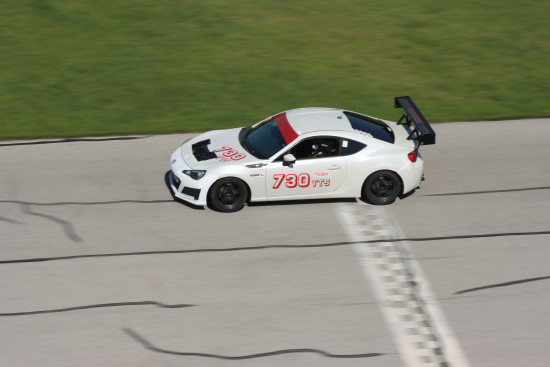
"I won my regional SCCA STX class with this brake kit, and have won every NASA time trial I've been able to drive in this year."
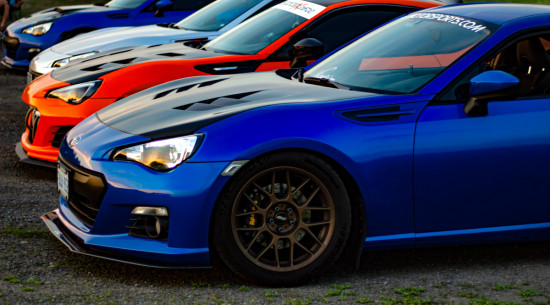
BRZ owner gets a taste of AP's legendary durability.
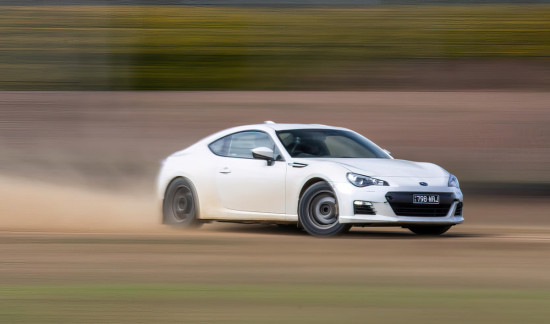
"After 6 years of very hard dusty and muddy use, any “concerns” about the lack of rubber dust seals in the calipers have proven completely unfounded."
Congrats to TAPG Motorsports on an outstanding 2019 season!
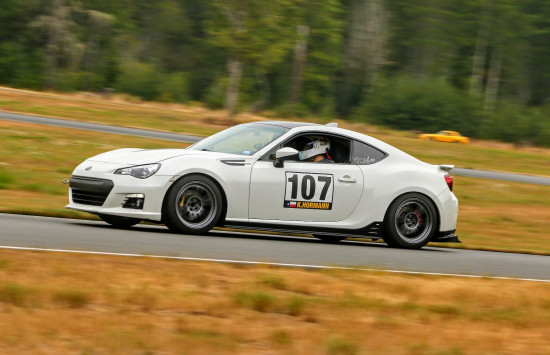
Save money, go faster!
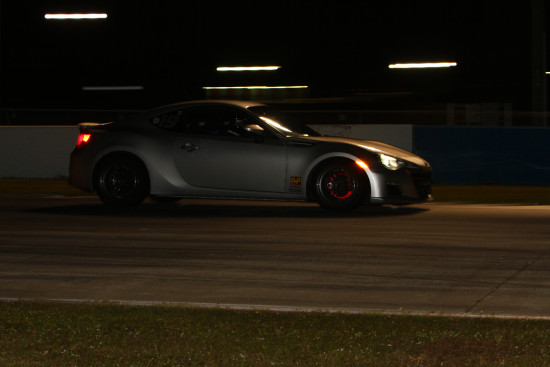
"The Essex kit reduced the cost of brake consumables by 50%."
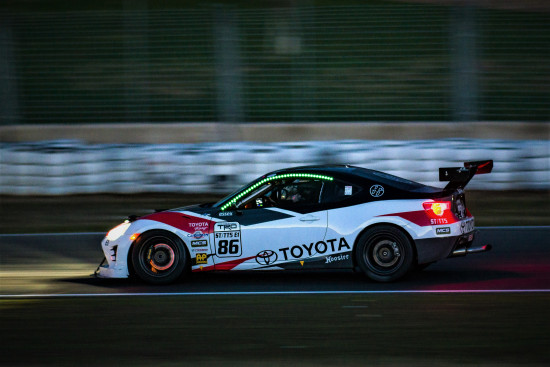
"The Sprint Kit was a game changer"
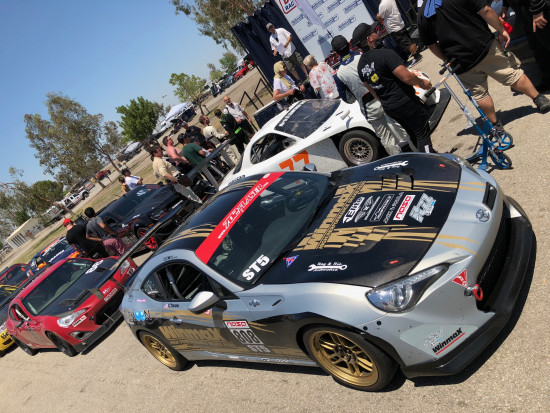
"It
was one of the best modifications I have done to the car!"
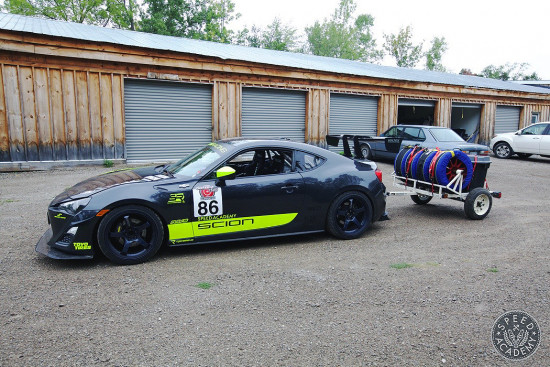
Use them, abuse them, but just don't throw them away!
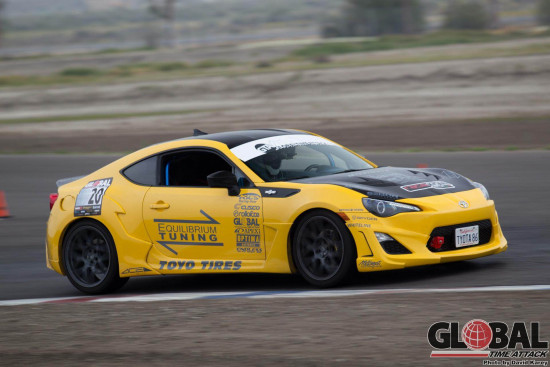
Go fast, save money, and win trophies for looking good.
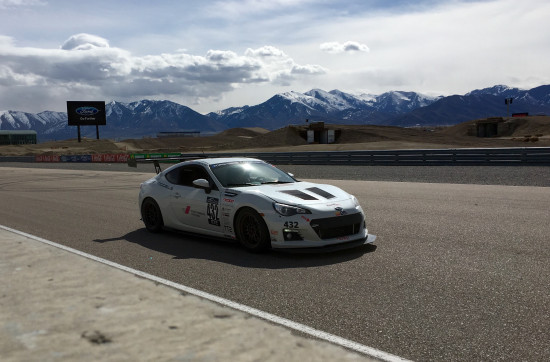
Triple the pad life and an entire season+ on first set of discs.
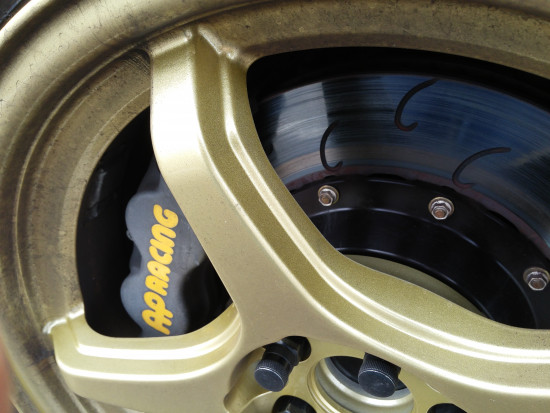
"A Bulletproof Design"
Big power requires big brakes!
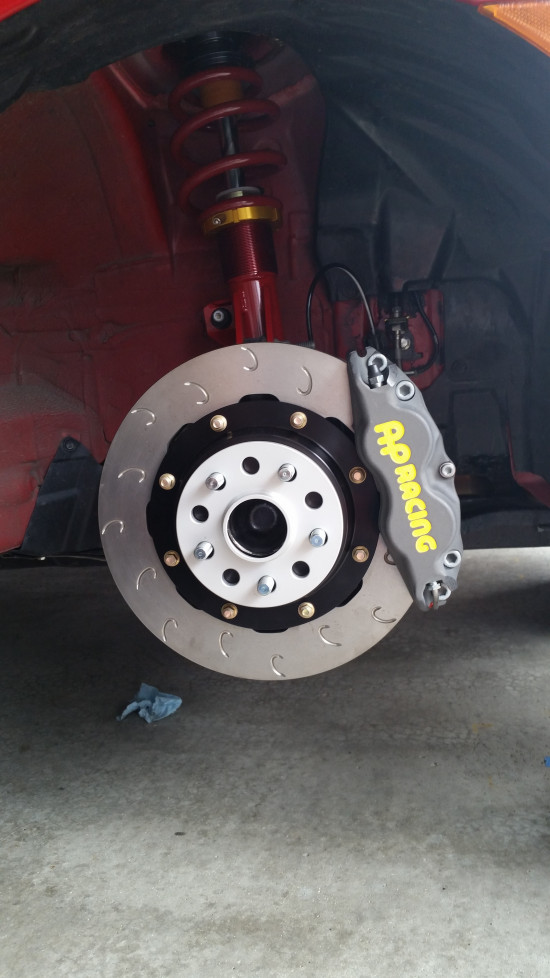
Another 15 year track veteran impressed by AP Racing.
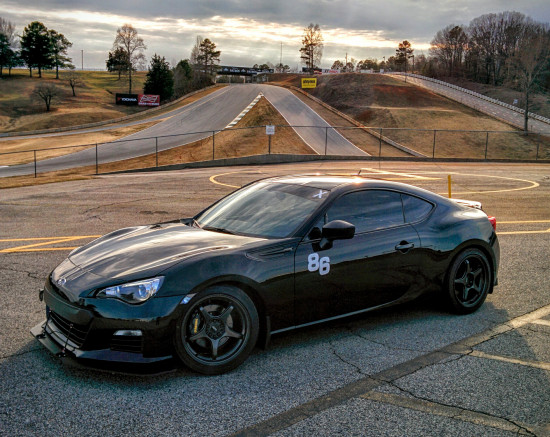
Lower costs, superior performance, and a happy customer!
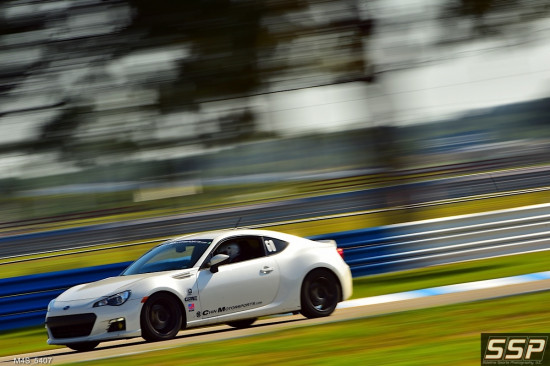
This enthusiast now spends about 1/4 of the money on brakes that he previously did on OEM equipment.
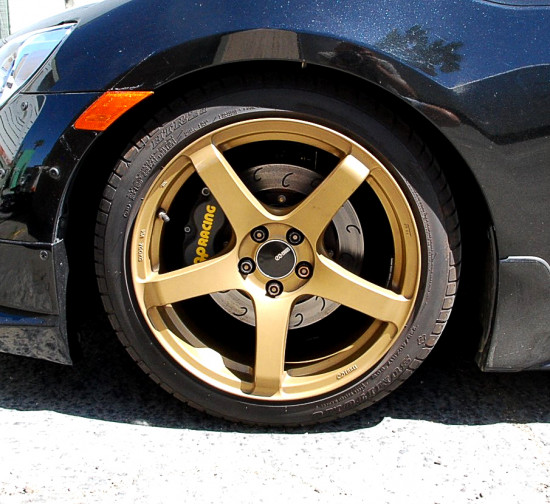
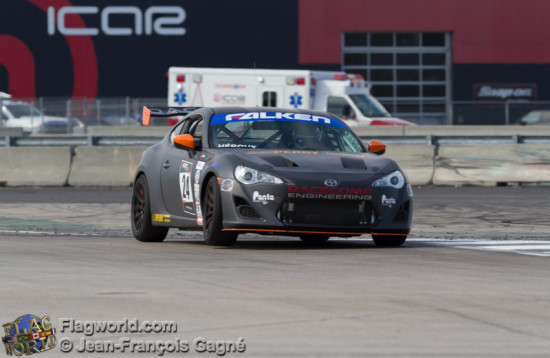
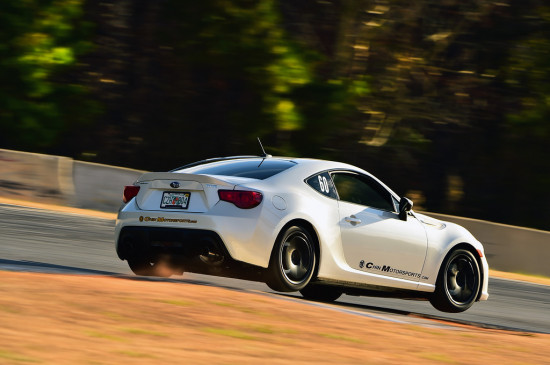
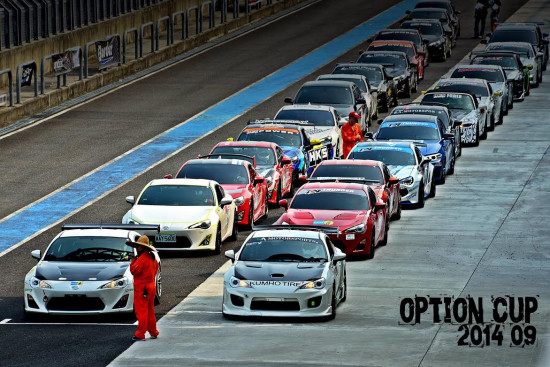
Brake kit review inside!
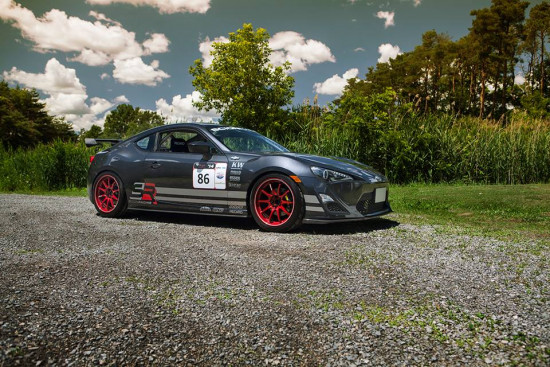
See this kit in action in our Customer Gallery.

